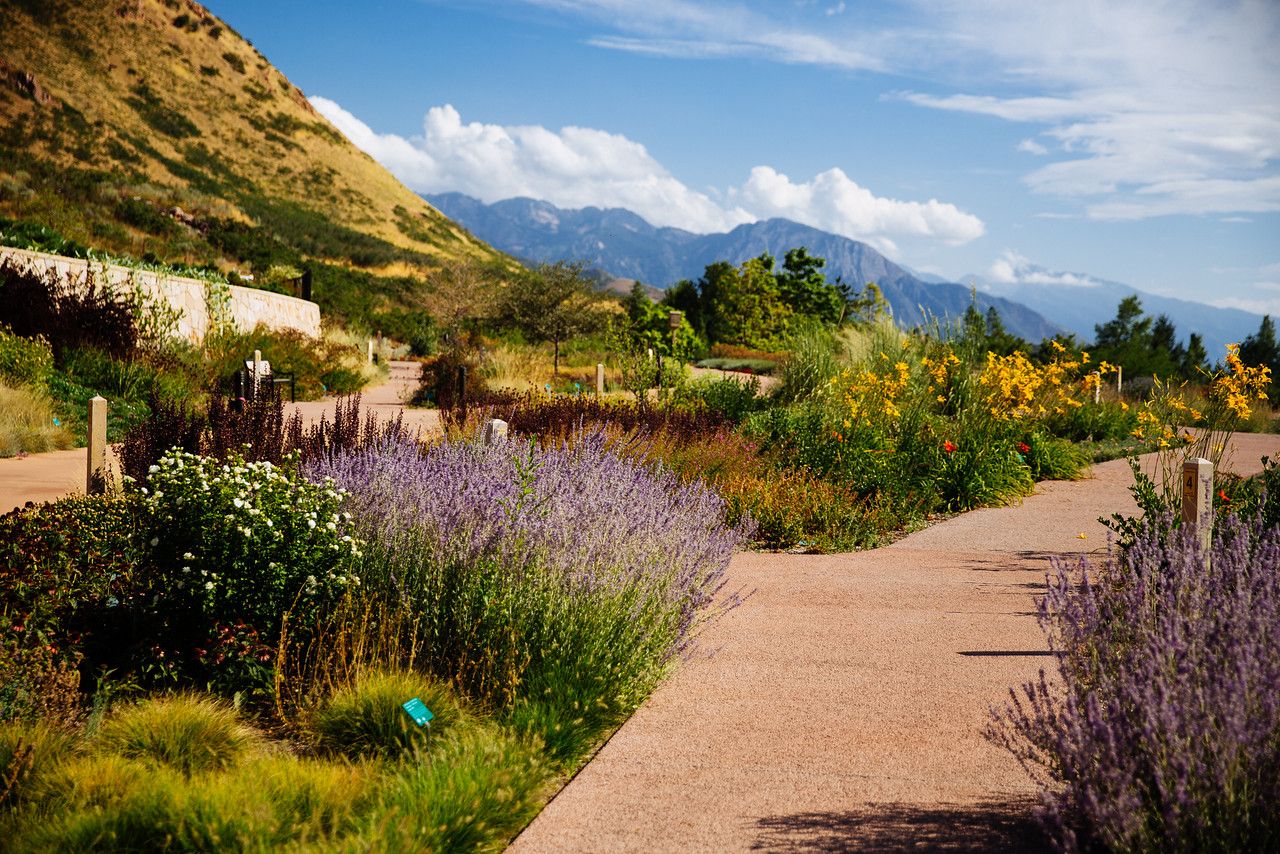
all photos by MB Maher
A short, unplanned, very hot visit to Salt Lake City’s Red Butte Garden last week brought an unexpected amount of pleasure and inspiration. Due to a flight delay back to Long Beach, we had a few extra hours to kill in SLC and chose the Natural History Museum and the botanical garden as brief layover destinations. Did I know the two institutions were next-door neighbors, a few hundred feet away? Not at all, just a lucky break. Dinosaur bones, rocks, gems and minerals, Yellowstone migration patterns, formation of the otherworldly Great Salt Lake, and then a two-minute walk to a 20-acre botanical garden that segues into 5 miles of trails into the surrounding hills — not a bad way to spend an afternoon. And it’s only an hour-and-a-half flight out of Long Beach, so I’m already planning a return visit for spring, when maybe it will be cool enough to hike the canyon.
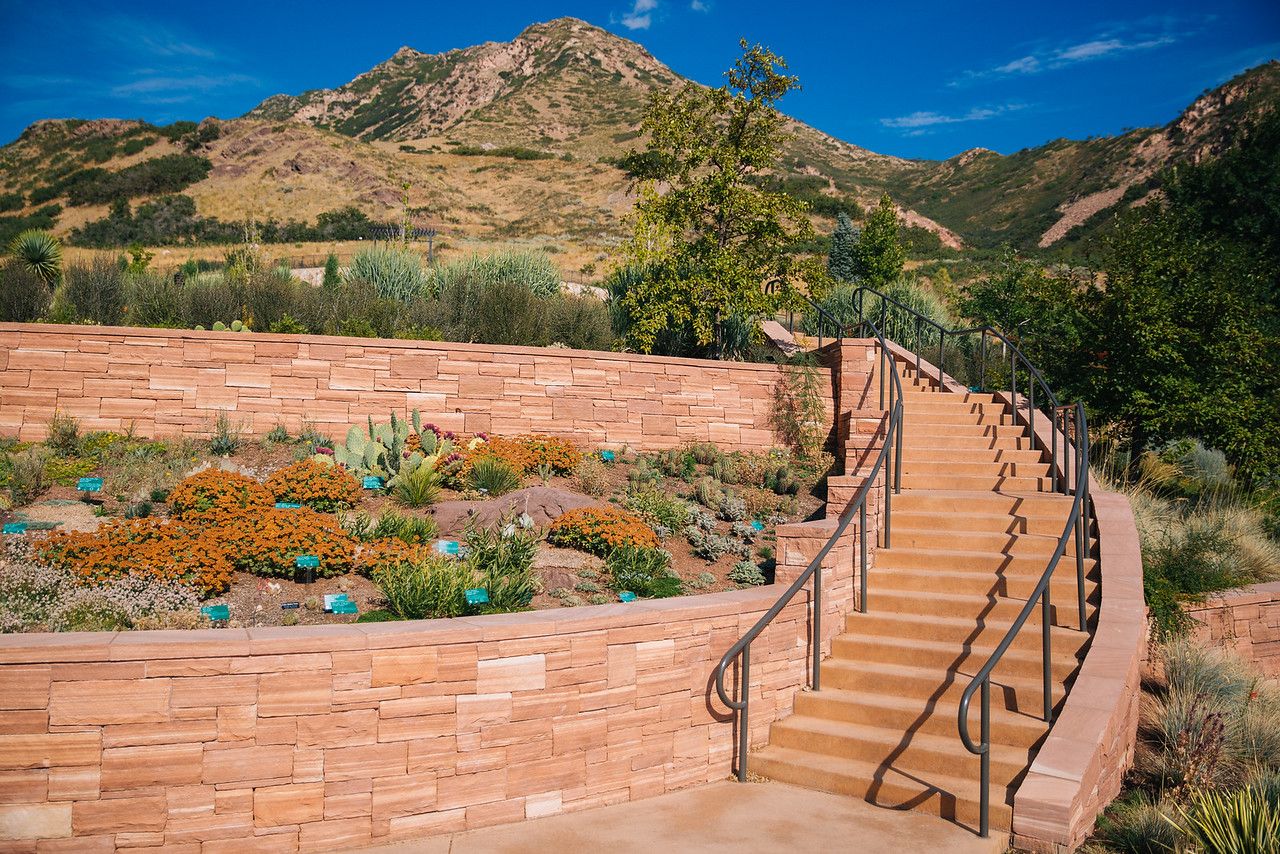
rusty spent flowers I believe belong to Eriogonum jamesii
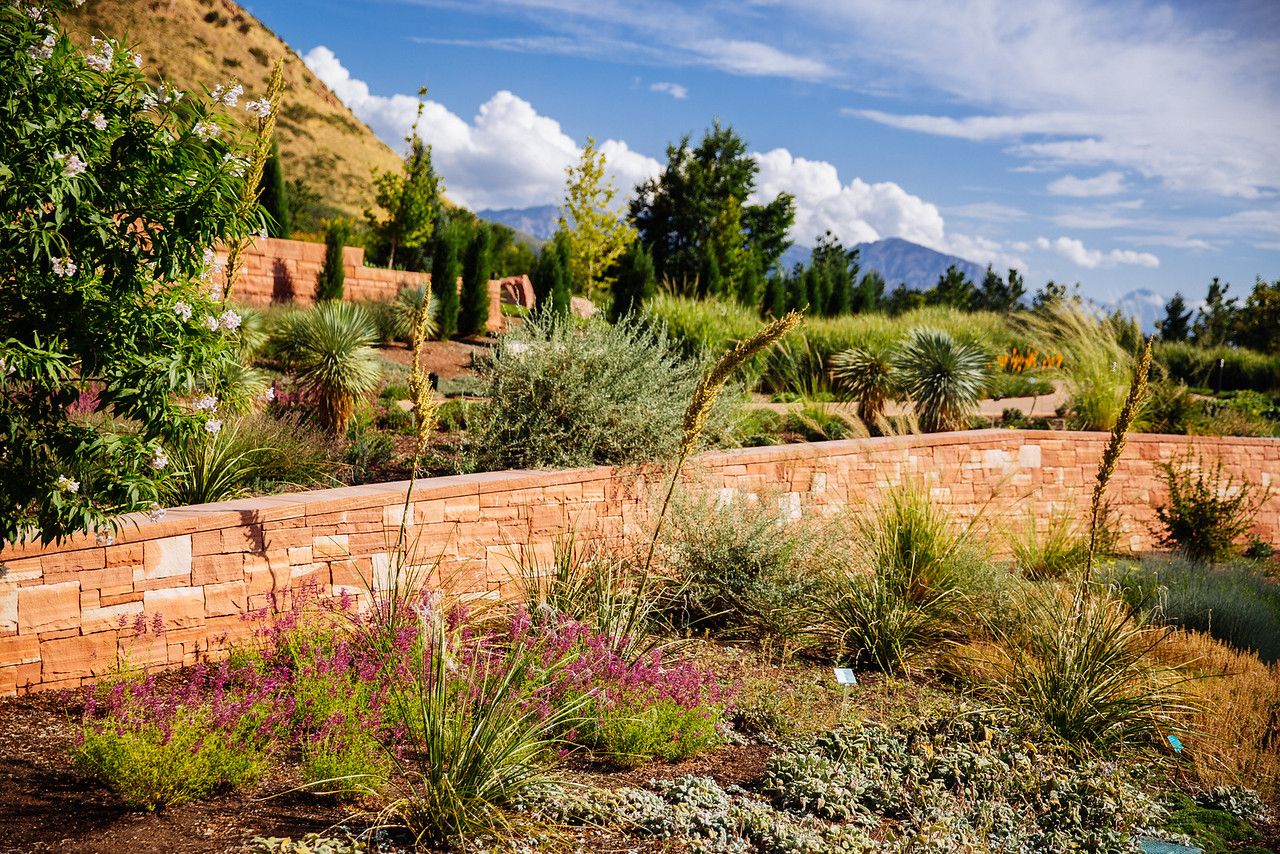
Part of the University of Utah, it’s one of those botanical gardens like Phoenix that has an incredible outdoor setting.
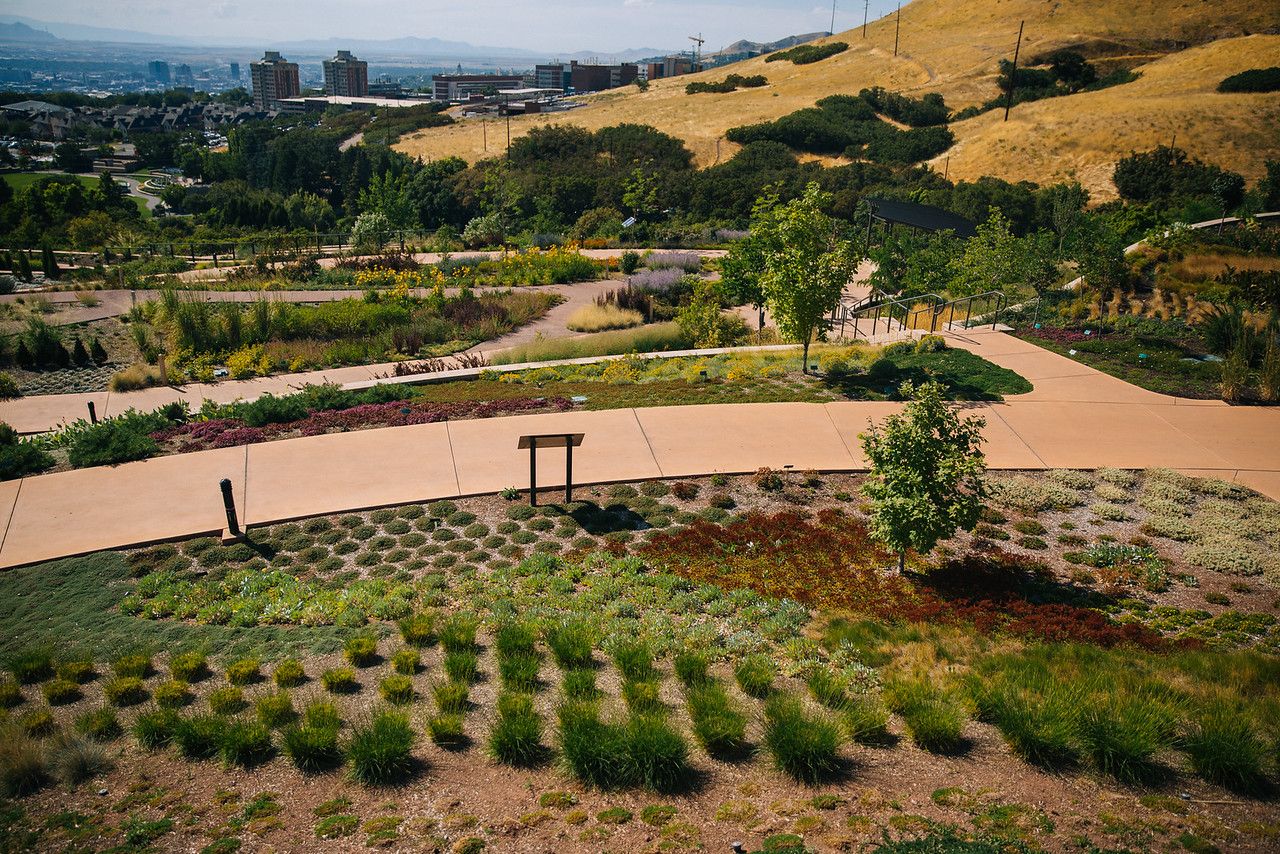
The botanical garden seems to work hard to attract the general public; for example, making a charming GOT-themed garden featuring dragon nests in the Children’s Garden, with a labyrinth and countless nooks and crannies to explore, as well as many other theme gardens. There’s a cooling pavement fountain sending up jets of water for overexcited, overheated little feet to stomp on. Maintenance standards are exacting. We heard that evening’s outdoor concert tuning up in the background. Apparently there’s a big spring bulb show as well. But what was most impressive to me as a plant lover was the clear, uncompromising commitment to showcasing native and exotic plants tough enough for the dry, hot summers and long, cold winters of SLC’s zone 5 in their new Water Conservation Garden and in similar plantings sprinkled throughout.
“Executive Director, Greg Lee expressed, “We don’t want to guilt people into using these plants; we want to seduce them into having an absolutely stunning landscape using water-wise plants.”
Lee said the garden has been part of Red Butte’s master plan for nearly a decade and cost about $6 million, paid for through private donations and grants.
While the garden sits on a steep slope, the pathways were built with a gentle 5 percent grade, making it ADA accessible and a great place for young and old to enjoy the outdoors just a few minutes from downtown.” (from Utah Masonry Council)

Salt Lake City’s last frost is generally early May, first frost mid-October. Alkaline soil and annual rainfall of 16 inches doesn’t make it any easier. And yet as this botanical garden demonstrates, there are so many beautiful plants adapted to such conditions — many that I wish I could grow at sea level in zone 10. Signage even included the amount of water various plantings received and explained the basis for the water zoning.
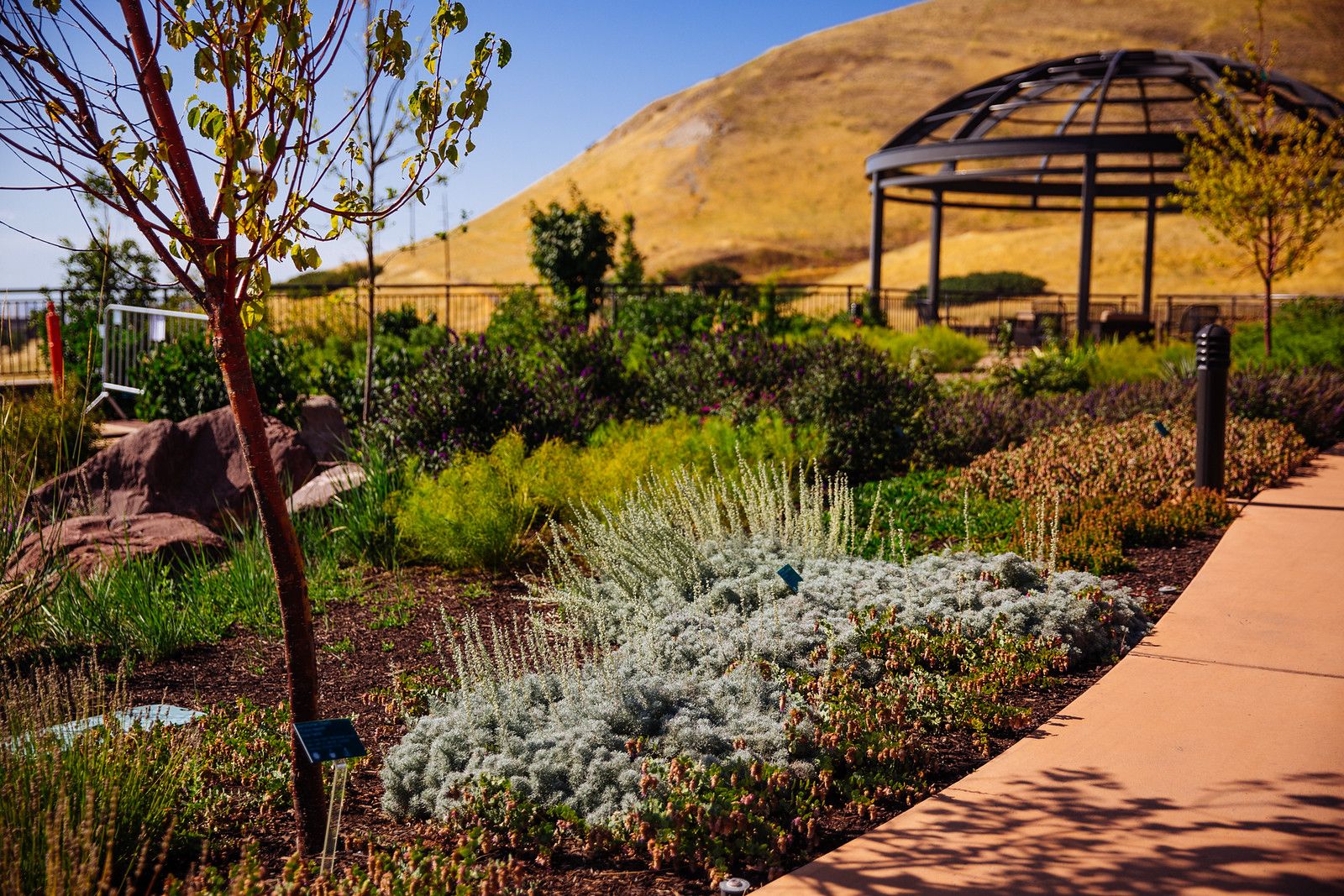
This will be a quick take from my admittedly short visit with photos in no particular order. If I don’t identify plants, it’s my fault, not the garden’s, because their plant labeling was excellent. (At Red Butte Garden I learned the identity of the blowsy, silvery shrub with gilded flowers that had enthralled me from the moment I set foot in Utah, the rubber rabbitbrush Ericameria nauseosa.) For overall maps, see here and click to enlarge.
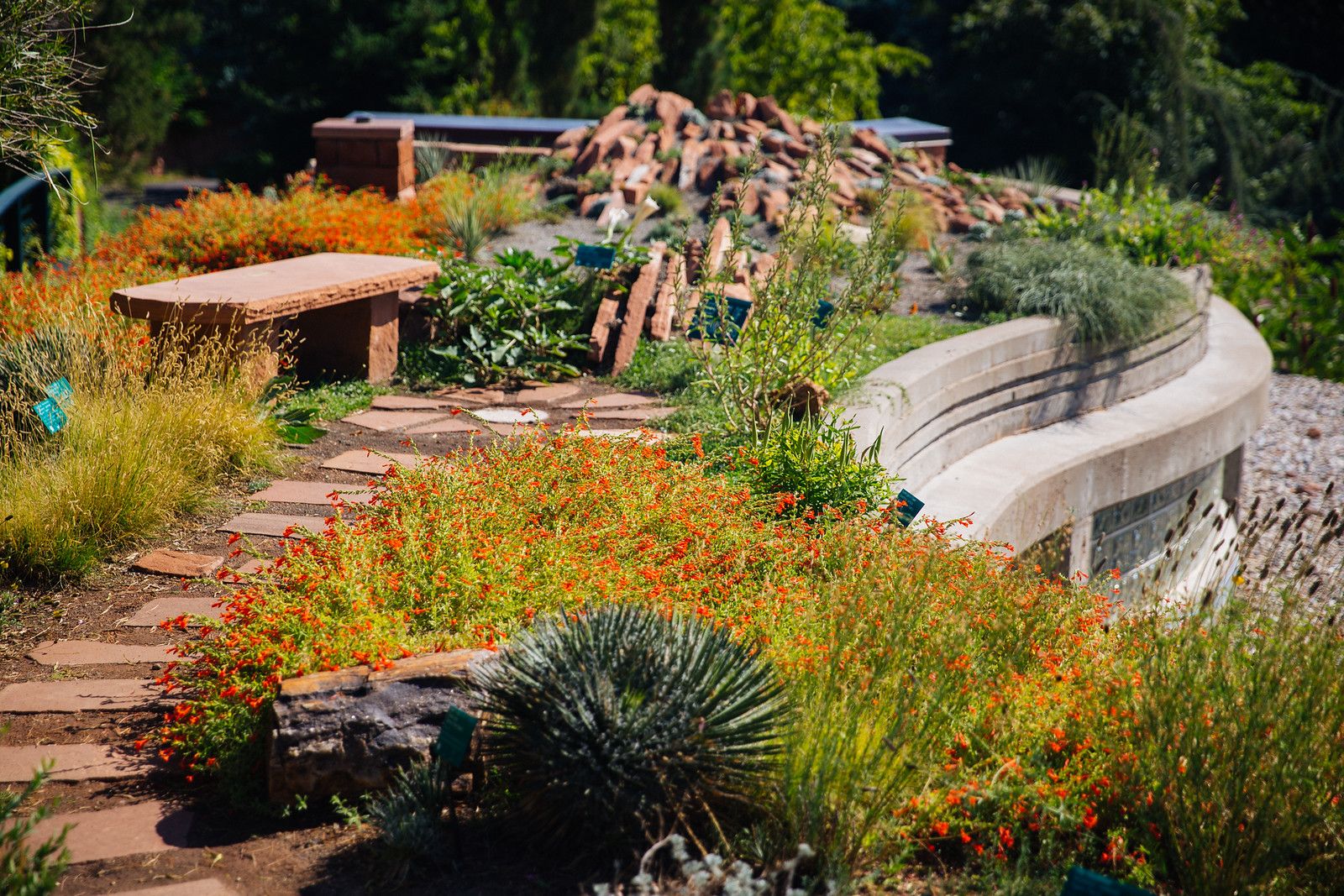
(see maps here)
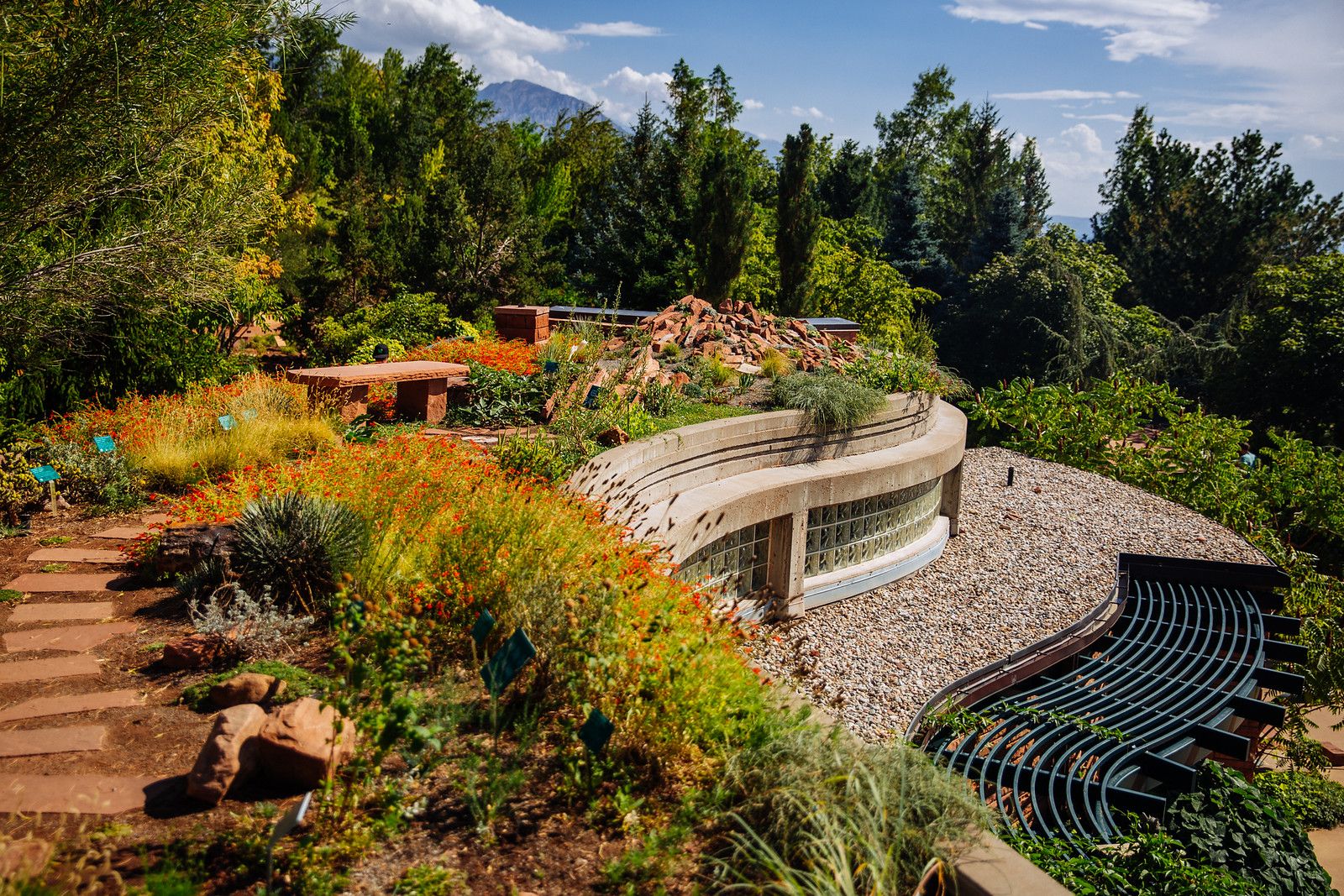
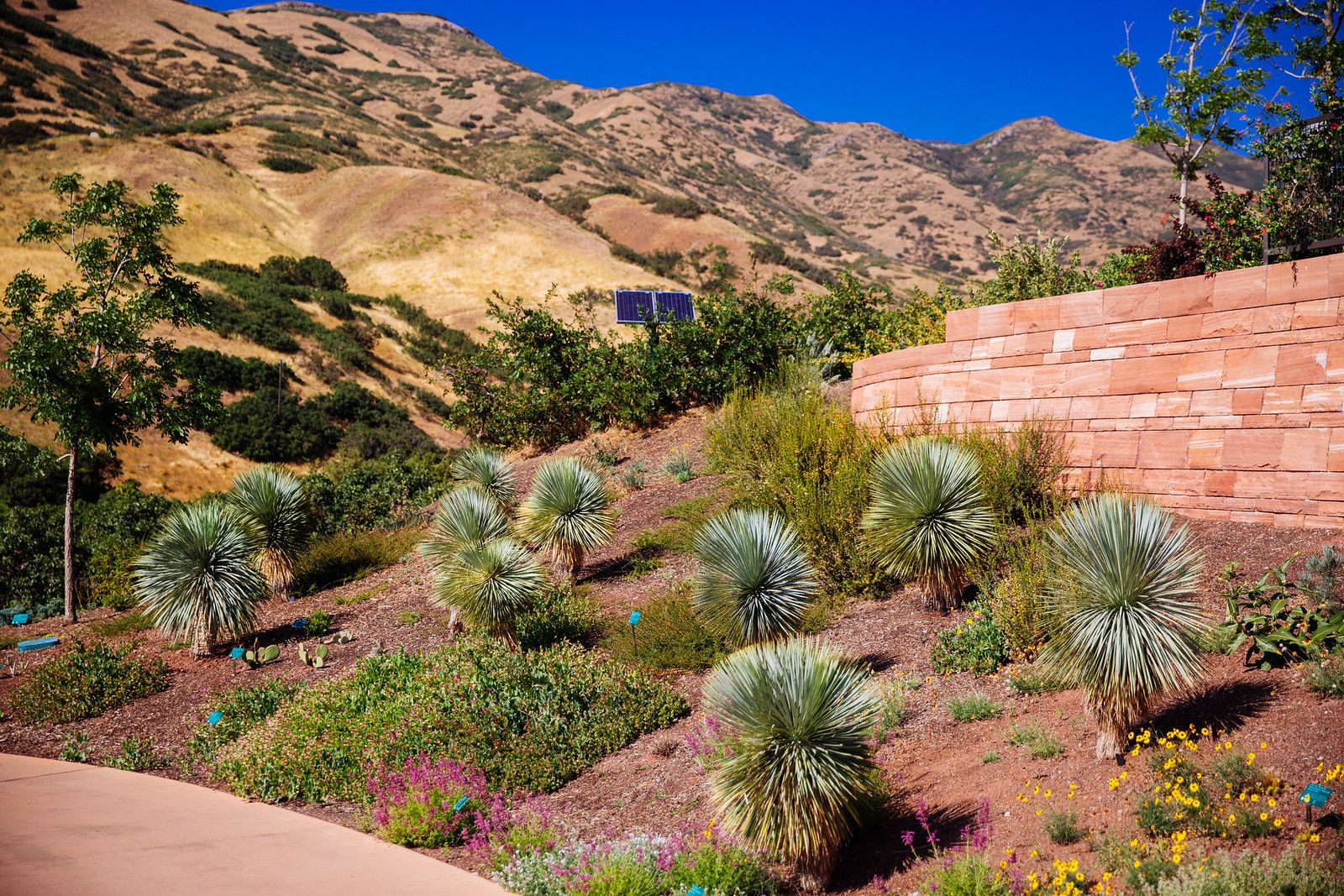
paved paths match the local sandstone used in retaining walls throughout the garden
We mainly explored the Water Conservation Garden, a very small portion of the overall botanic garden. It was my impression that the botanic garden seems to seduce the general public as you enter through the Visitor’s Center with potted succulents and cacti, even bromeliads, a small lawn area, rose garden, the Children’s Garden, all the theme gardens, but as you walk further into the garden terraced into the hillside, its origins in zone 5 plant research as an adjunct to the Botany Department of the University of Utah can be clearly discerned. These were the plantings I asked Mitch to photograph when I dragged him out of the AC’d comfort of the Natural History Museum into the blinding, hot sun of the botanical garden for less than an hour, just before the garden closed at 5 p.m.
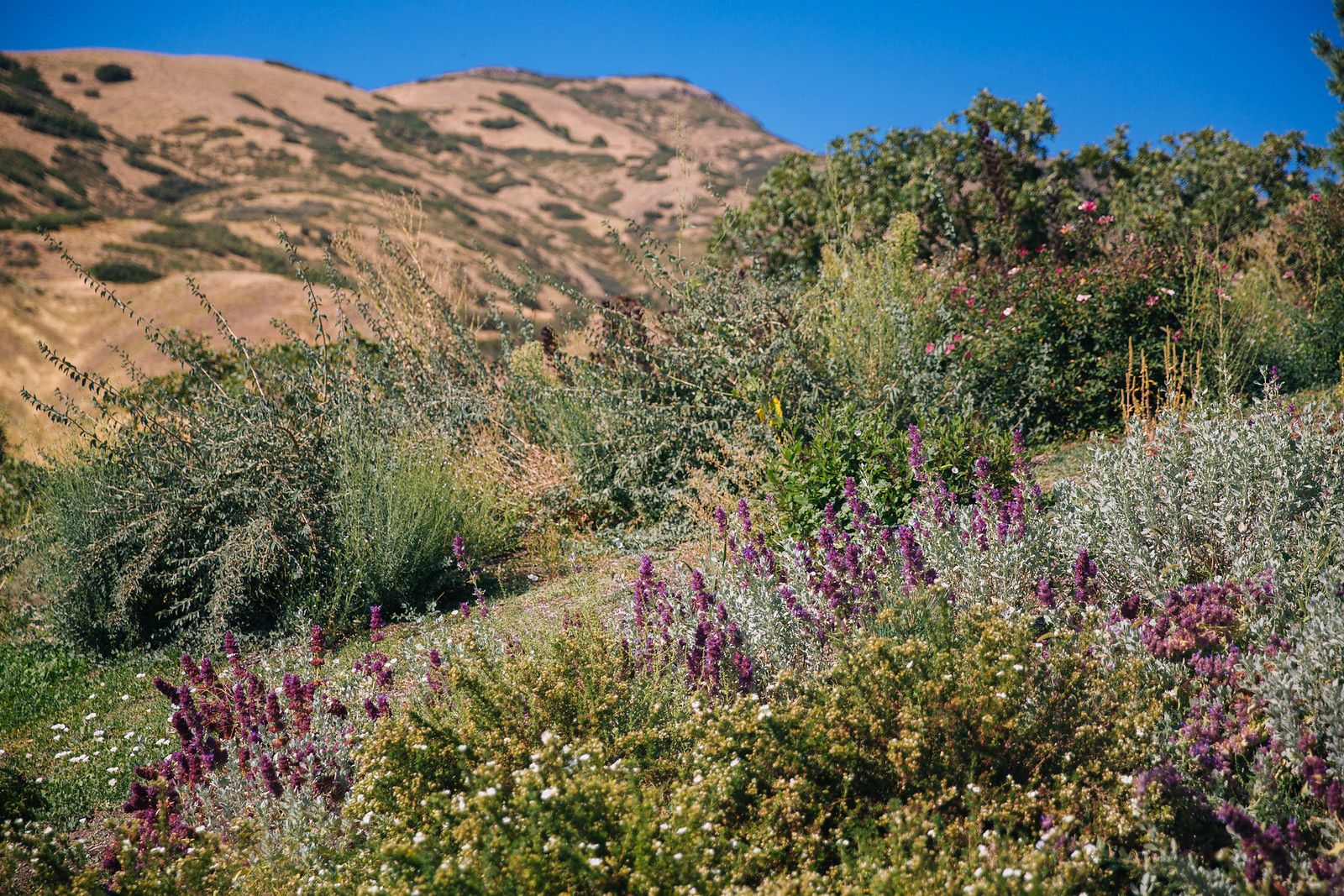
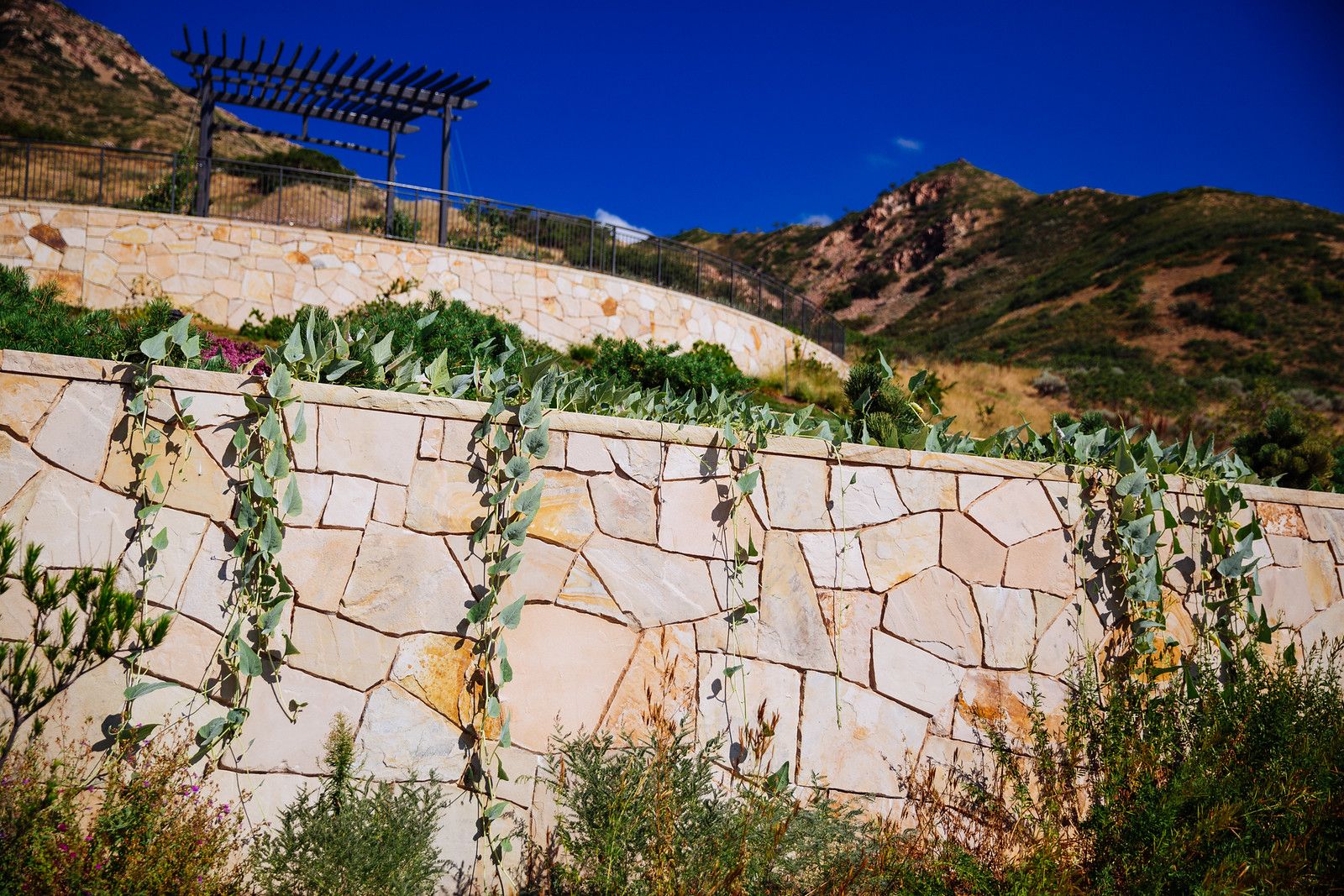
Cucurbita foetidissima, beautiful silvery leaves thrive in desert conditions — notes for next summer!
buff-colored sandstone was used as well as red sandstone
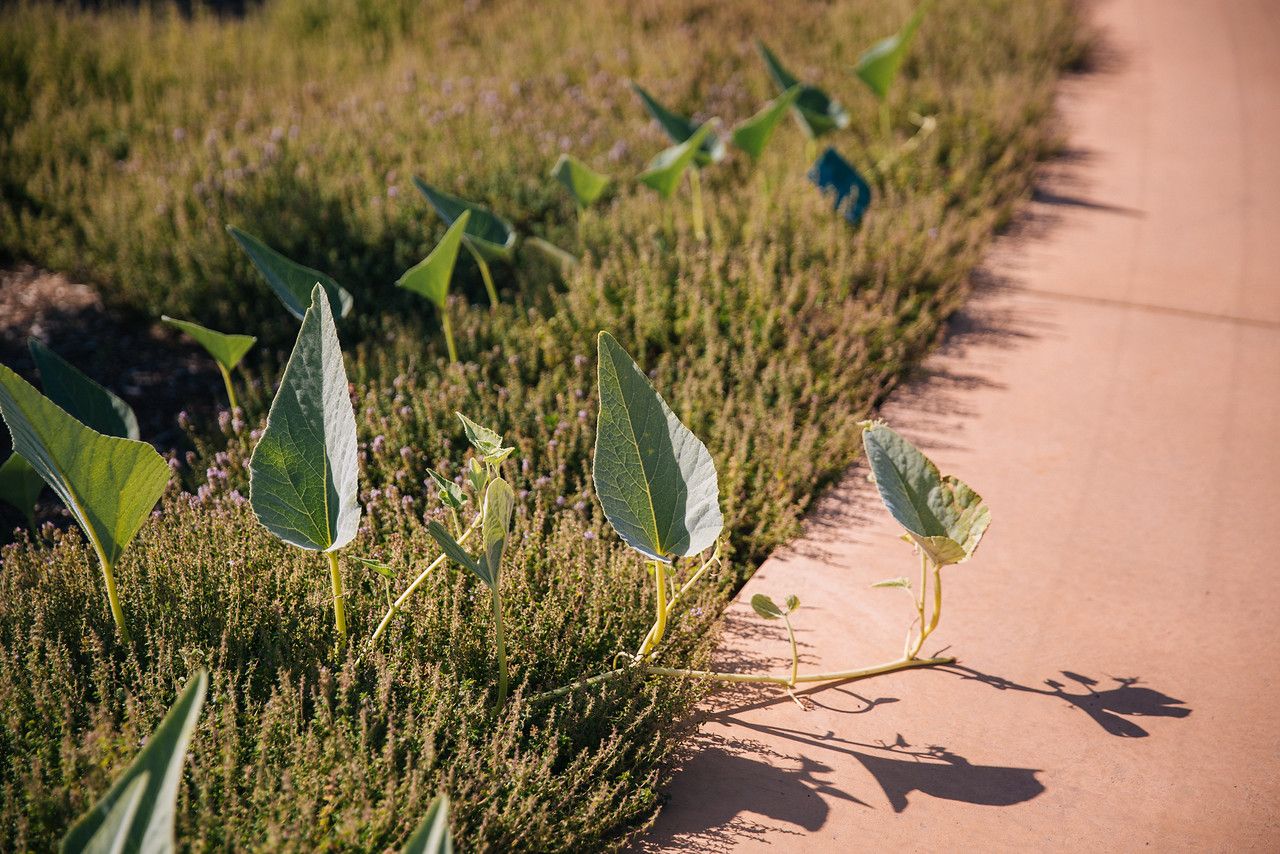
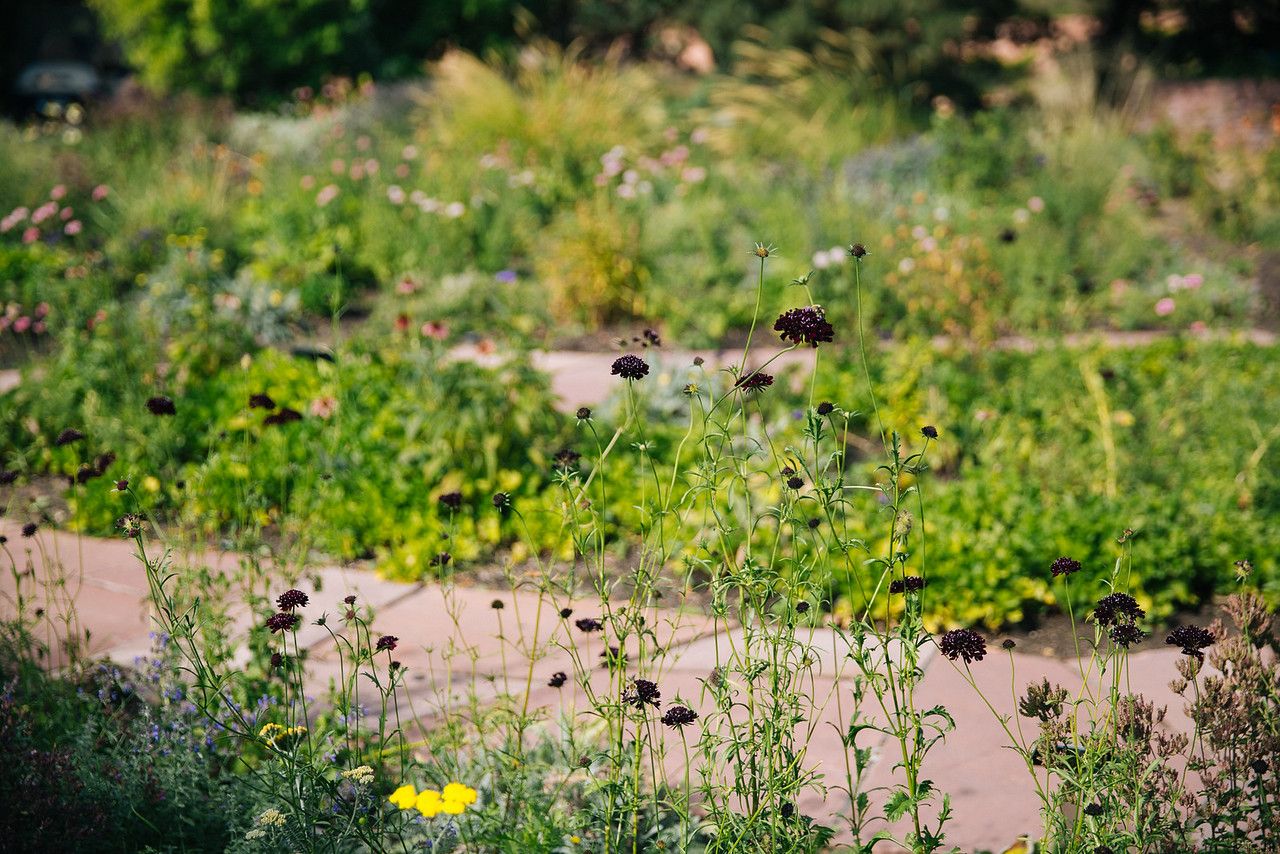
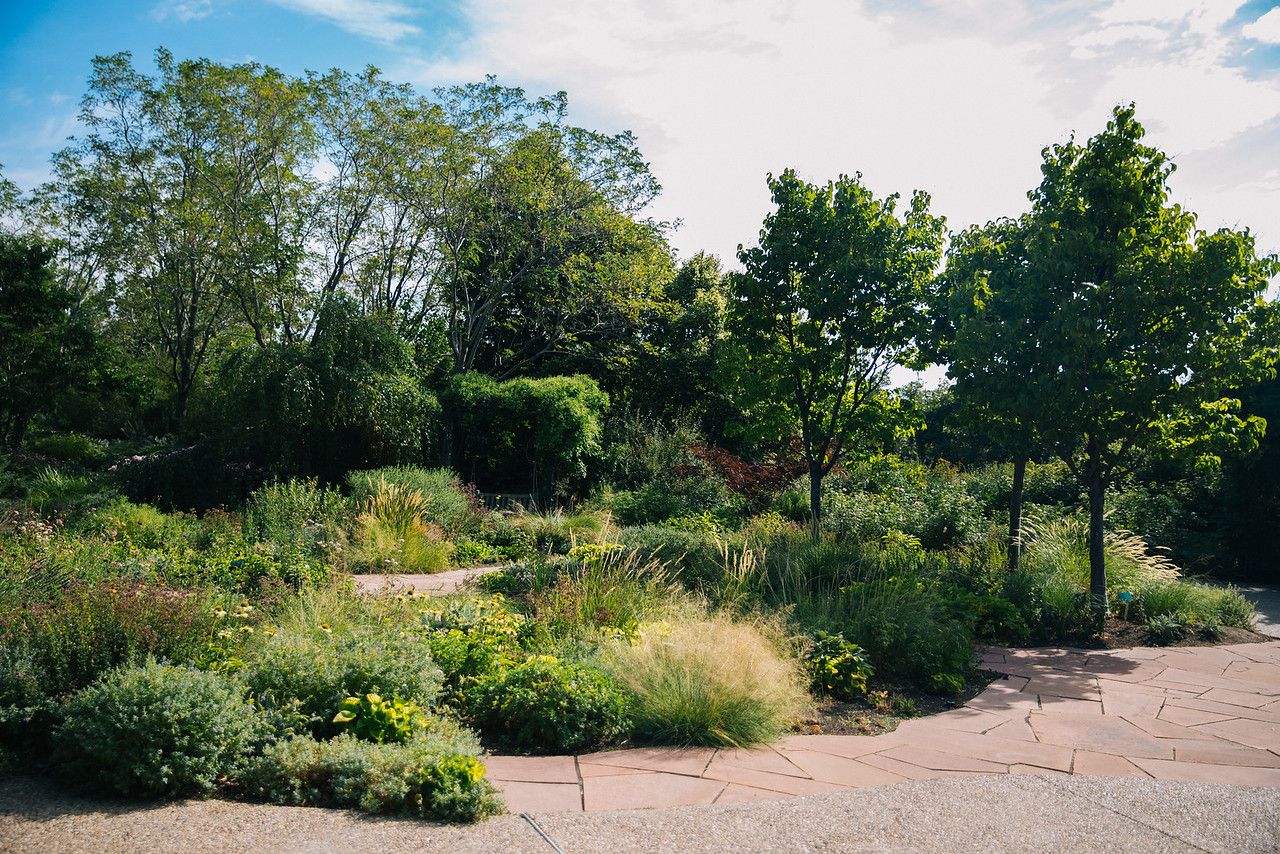
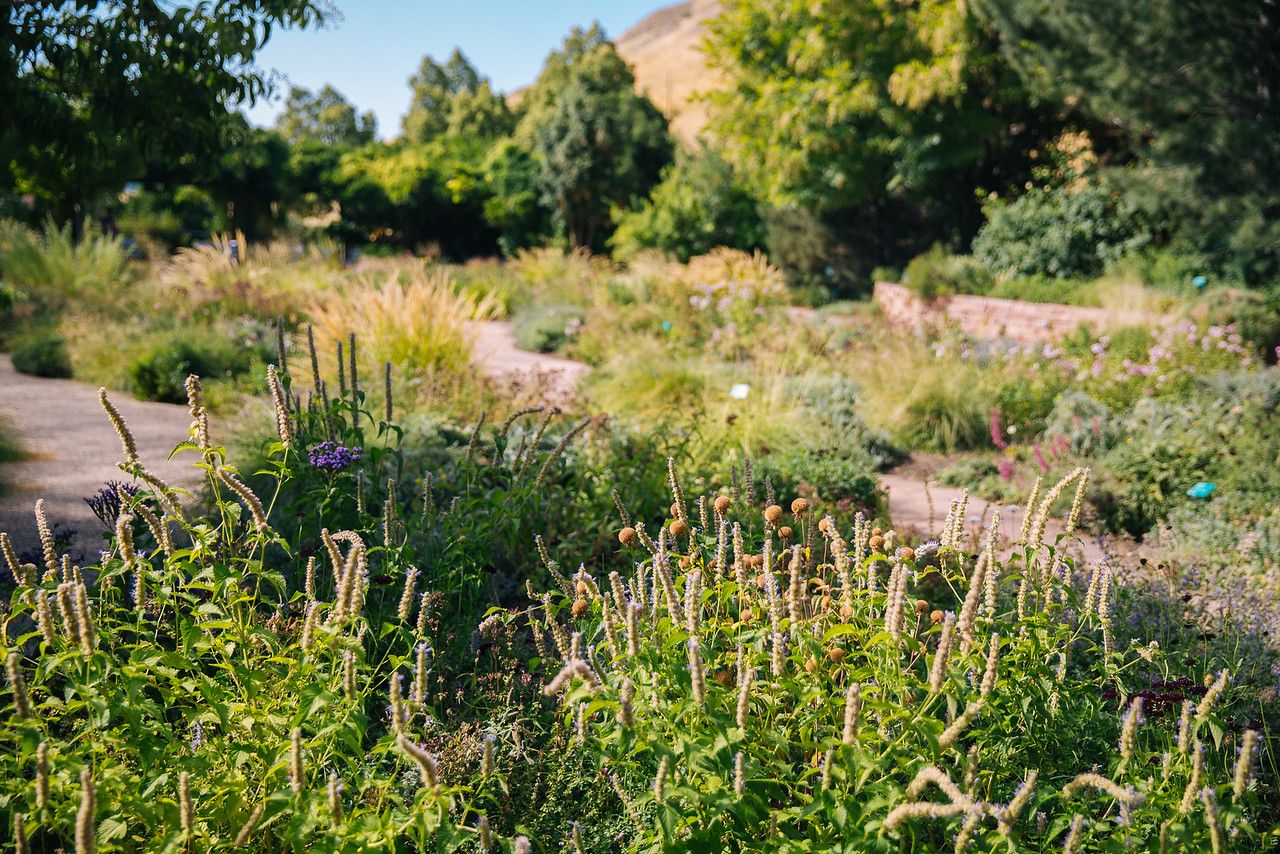

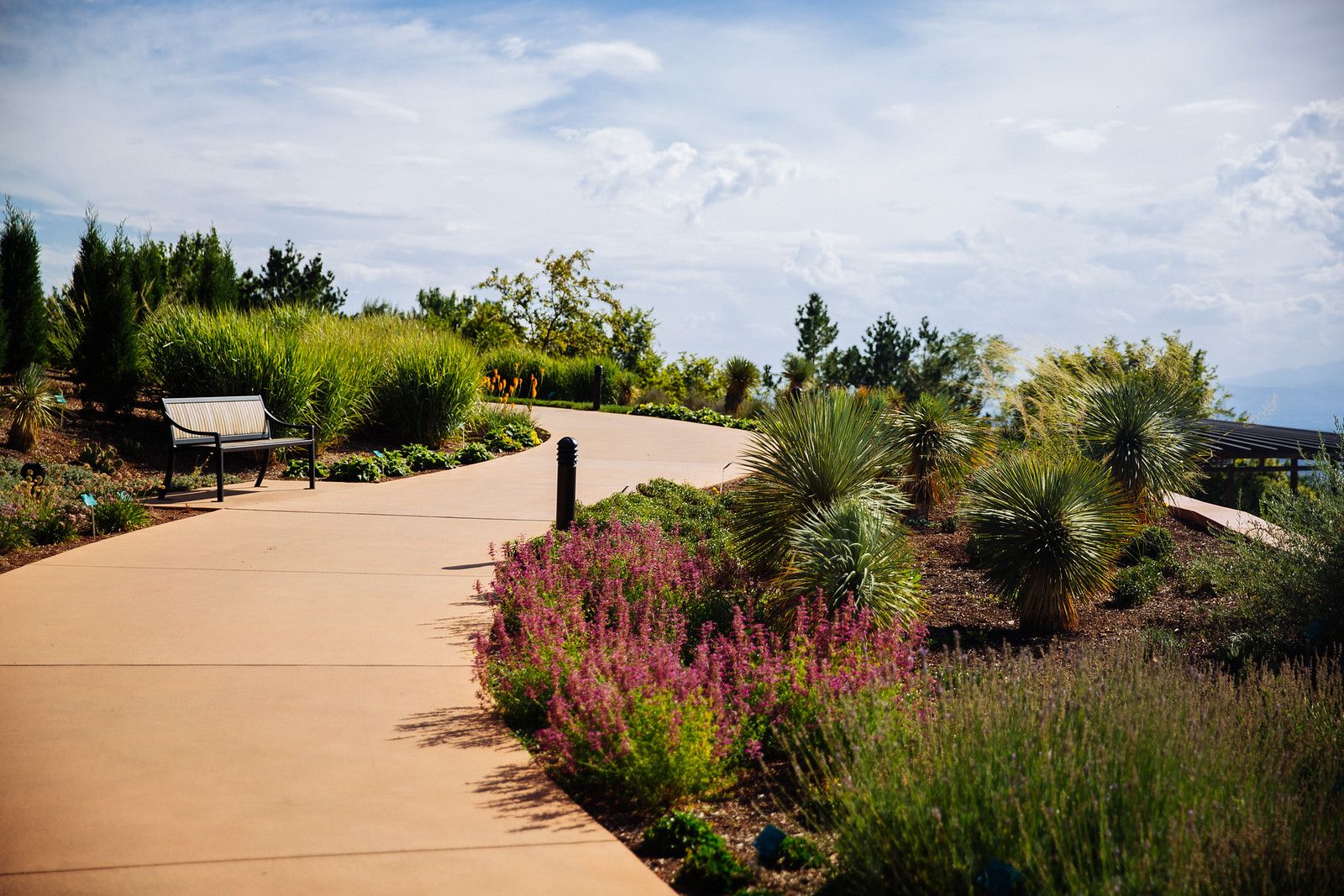
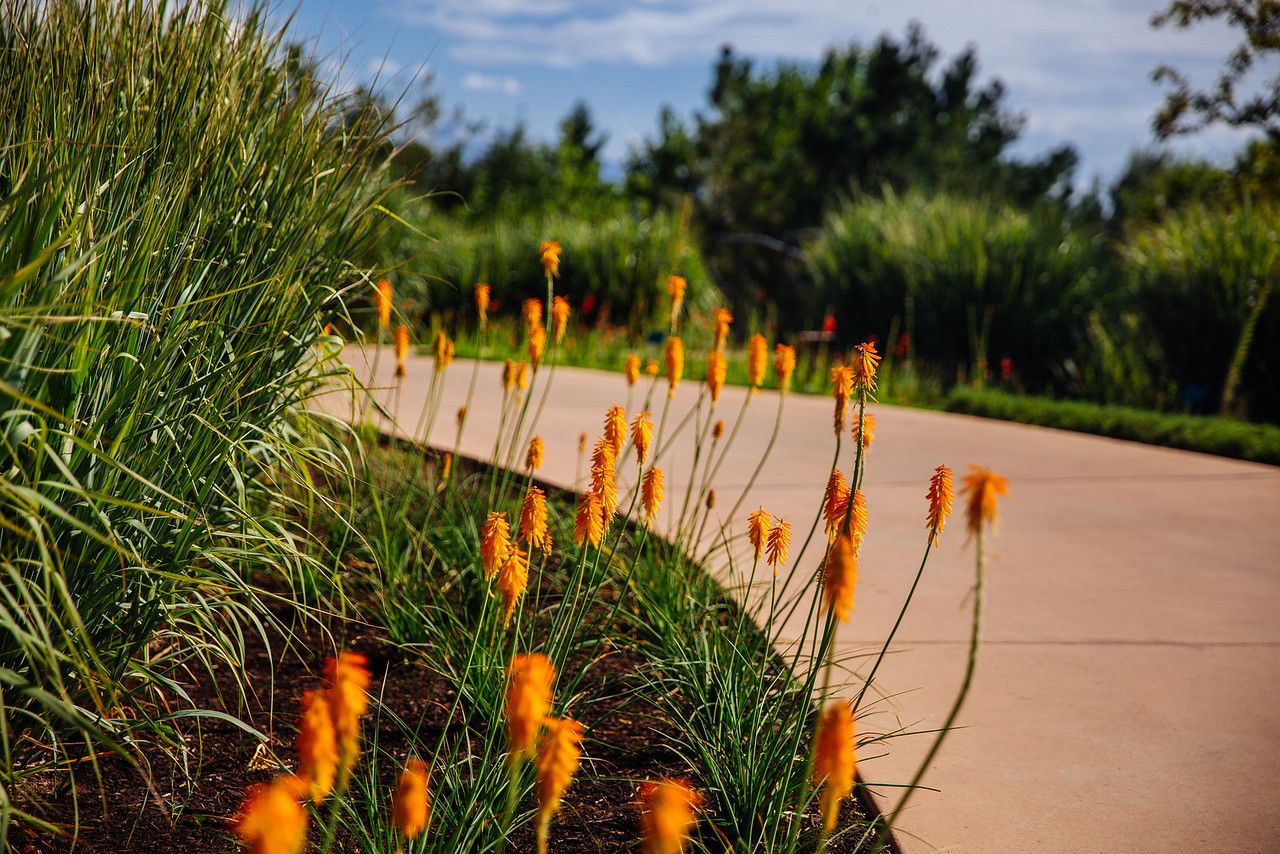
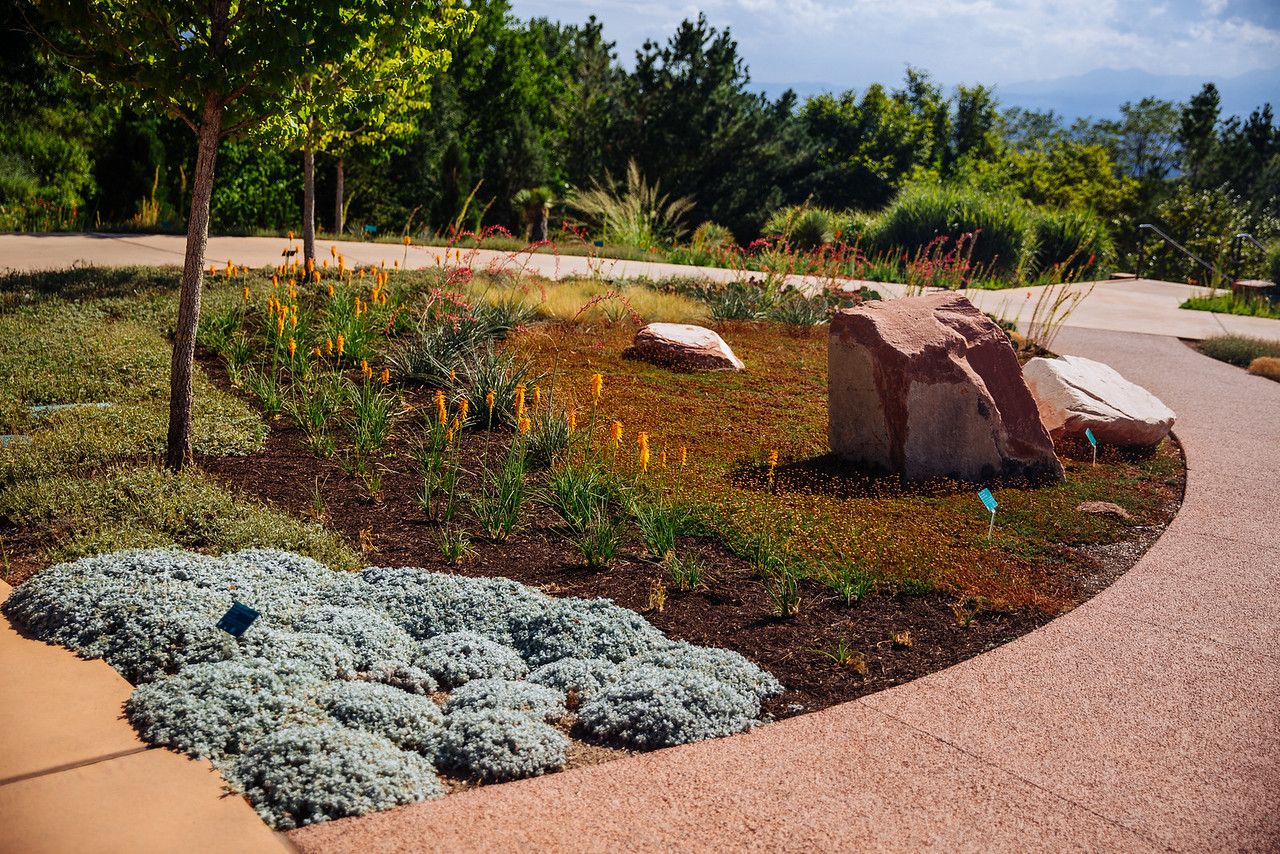
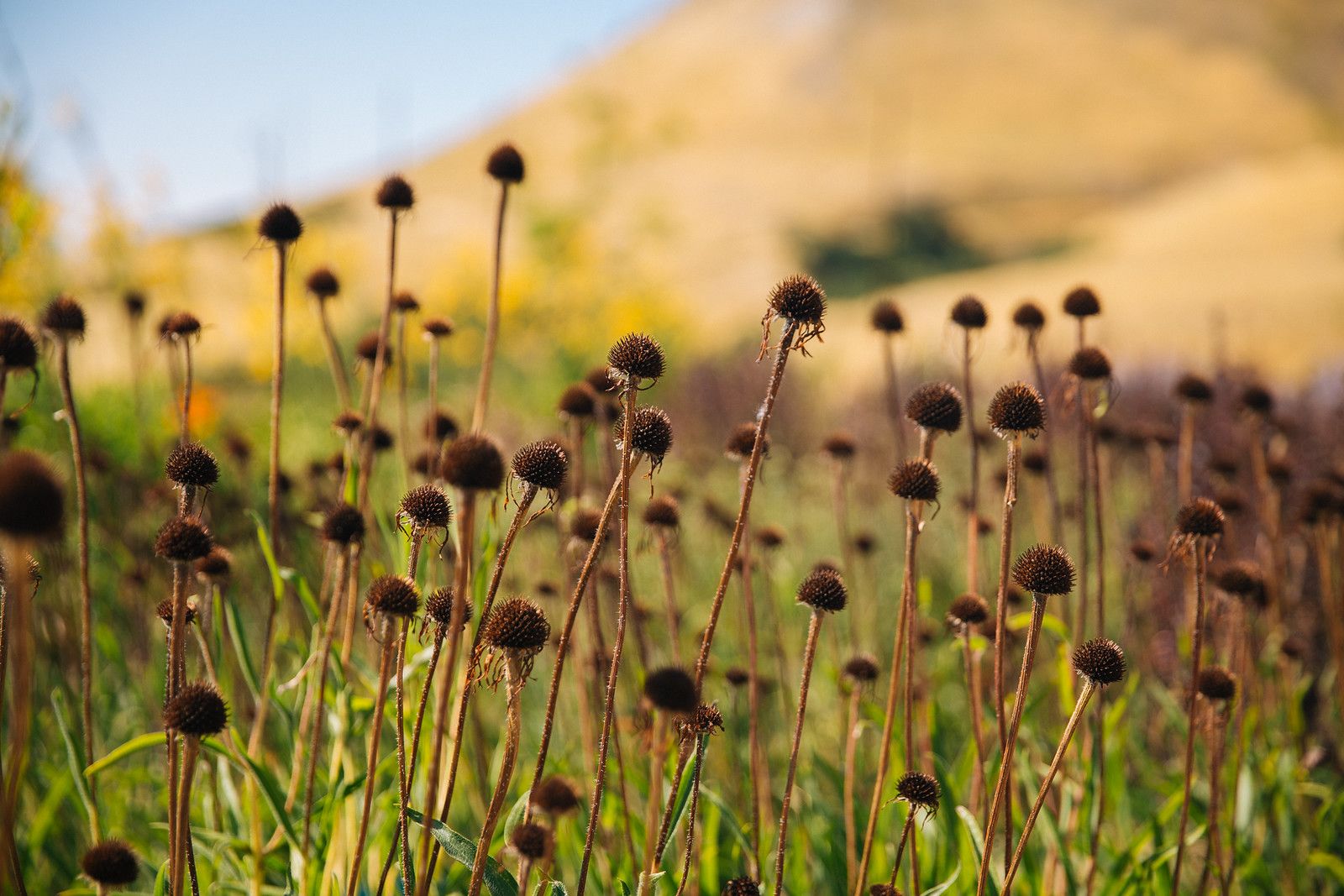
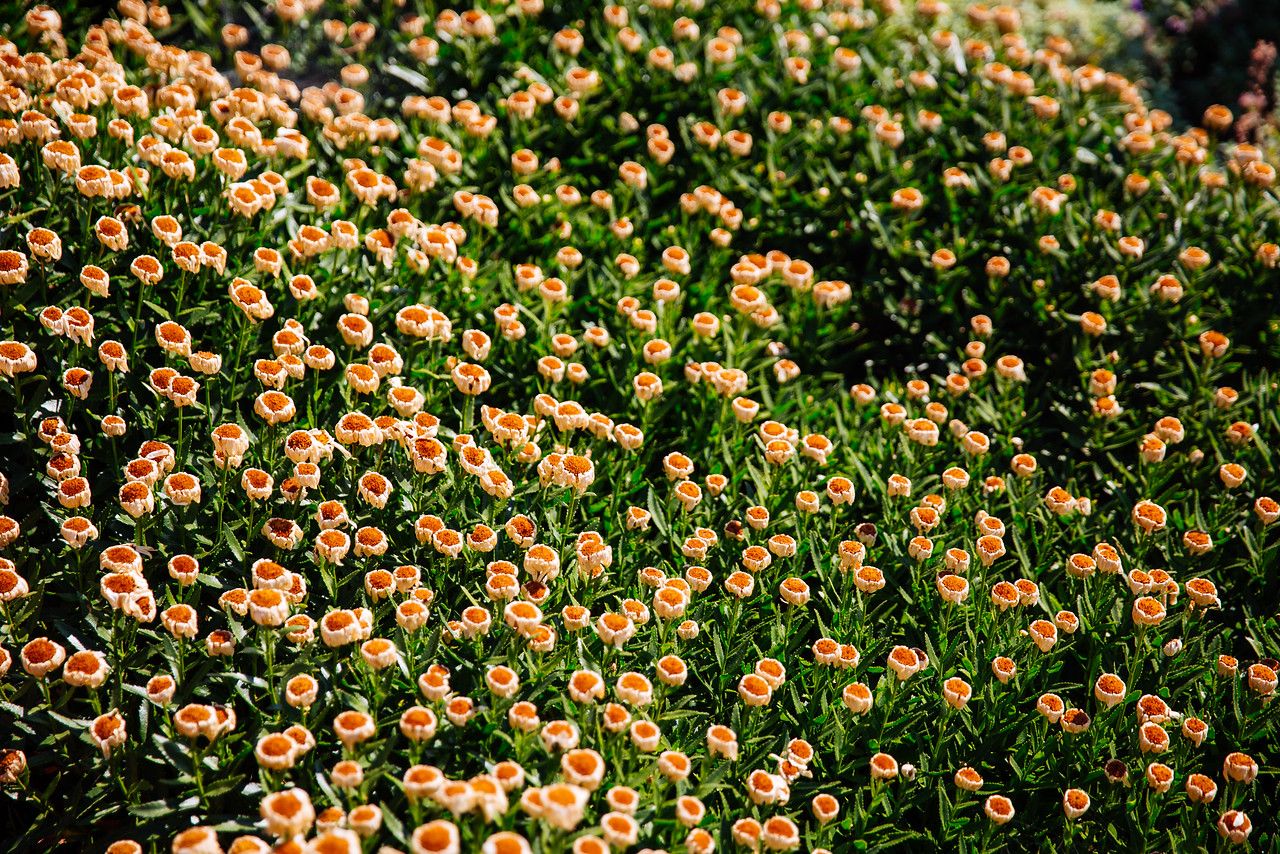
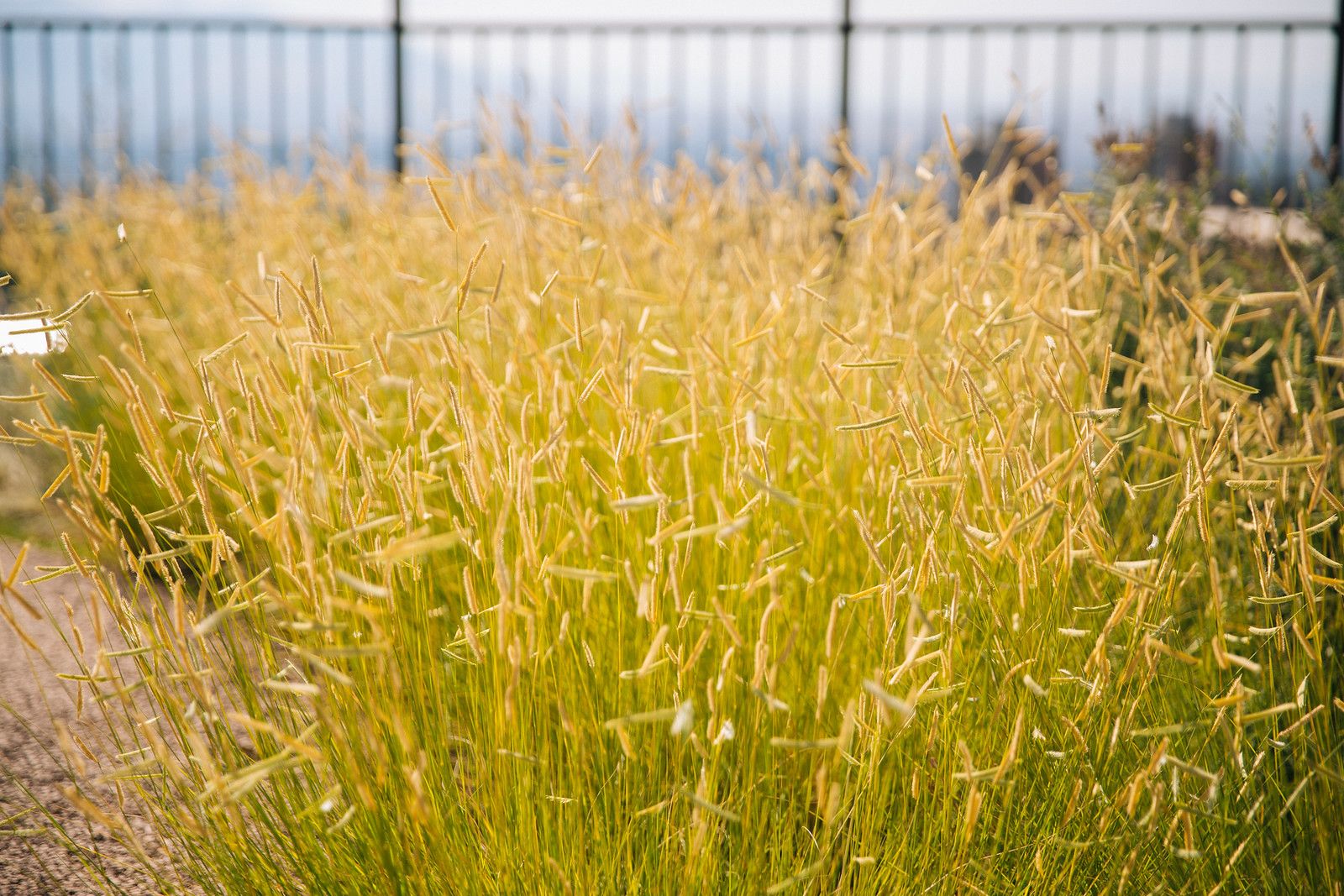
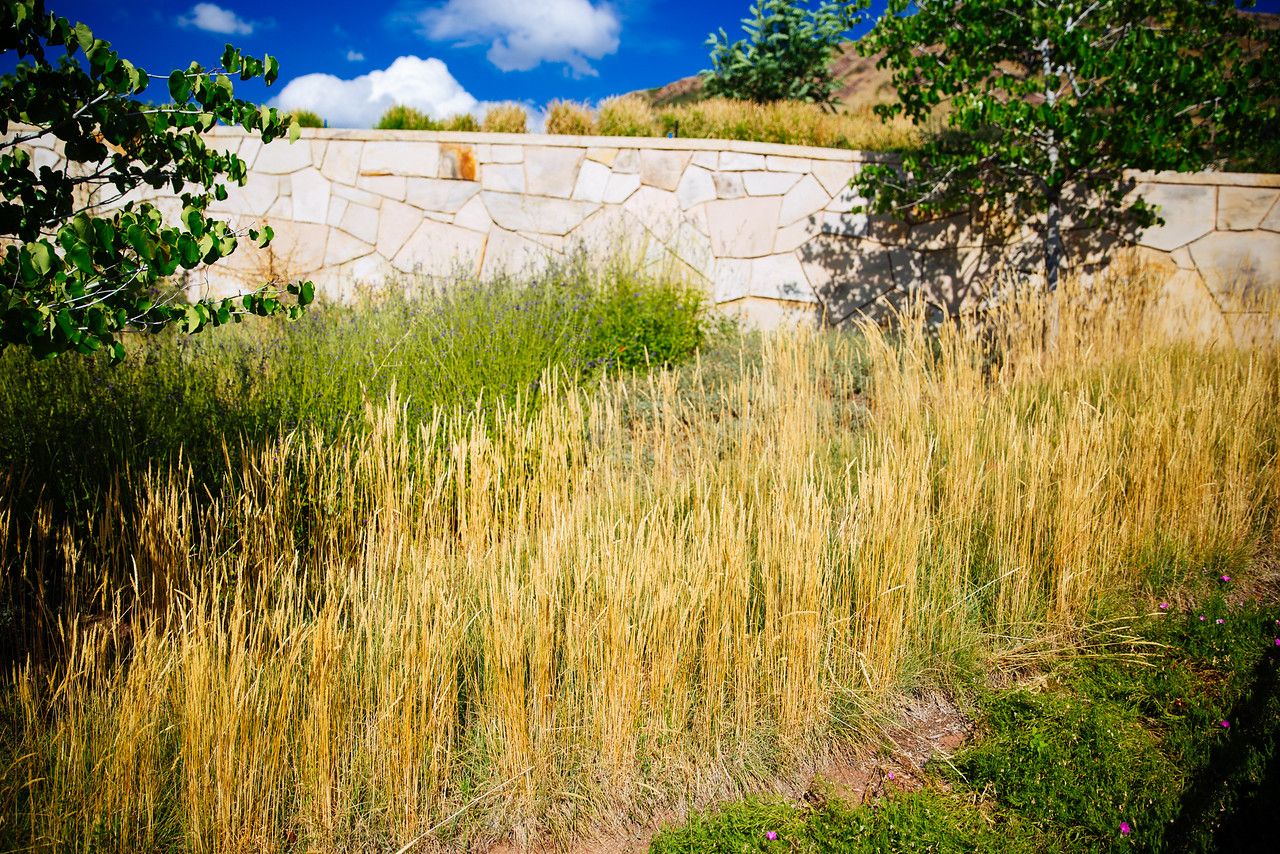
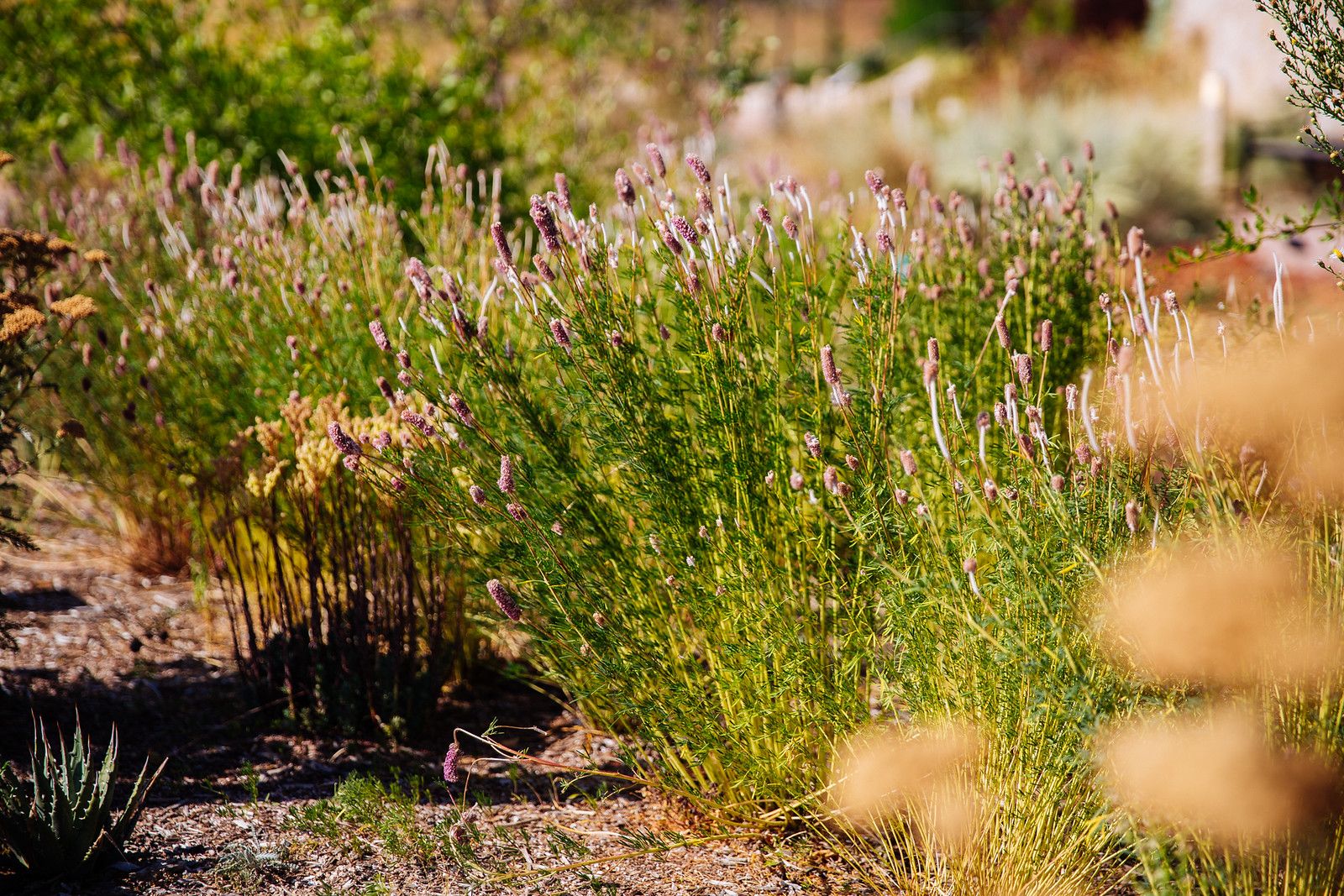
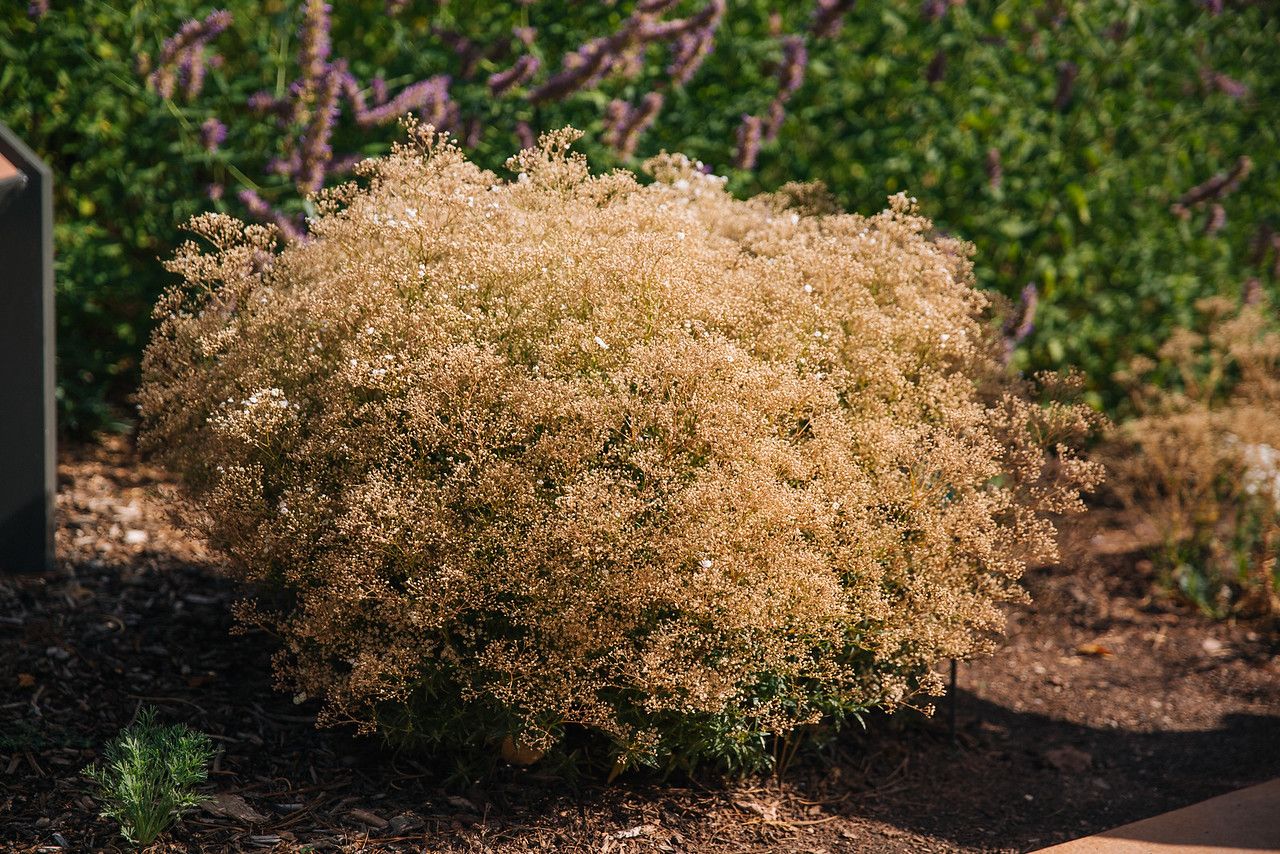
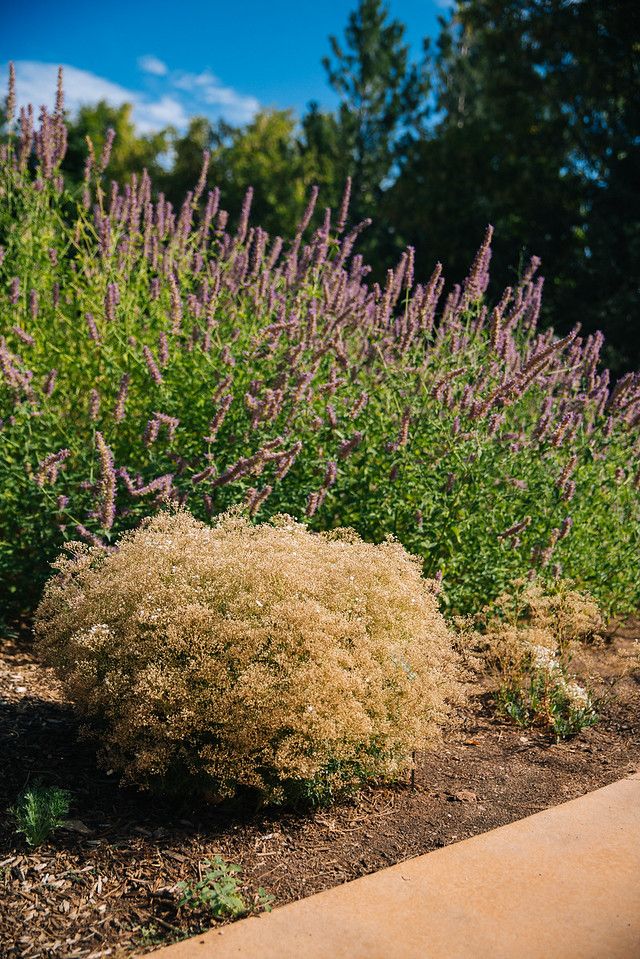
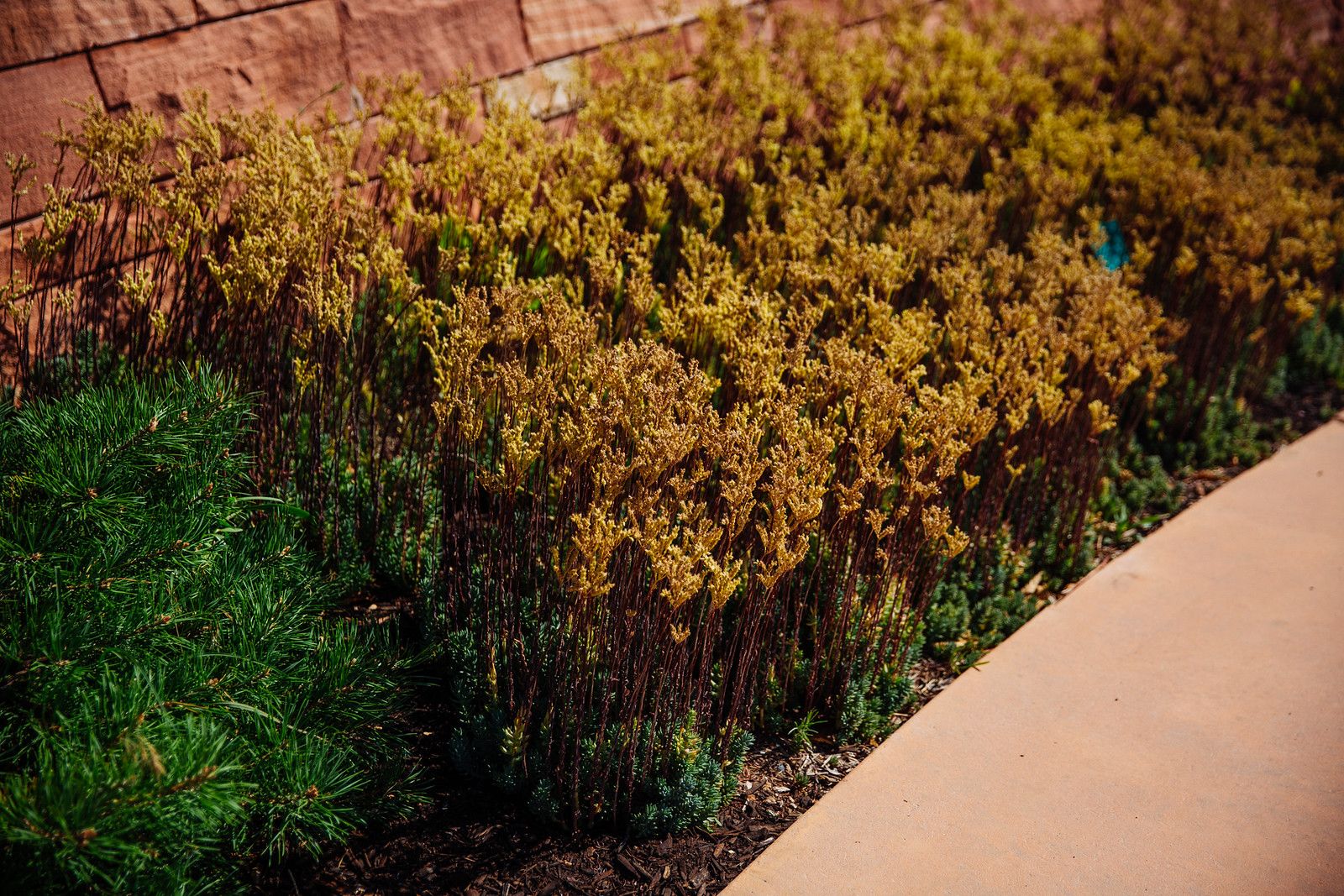

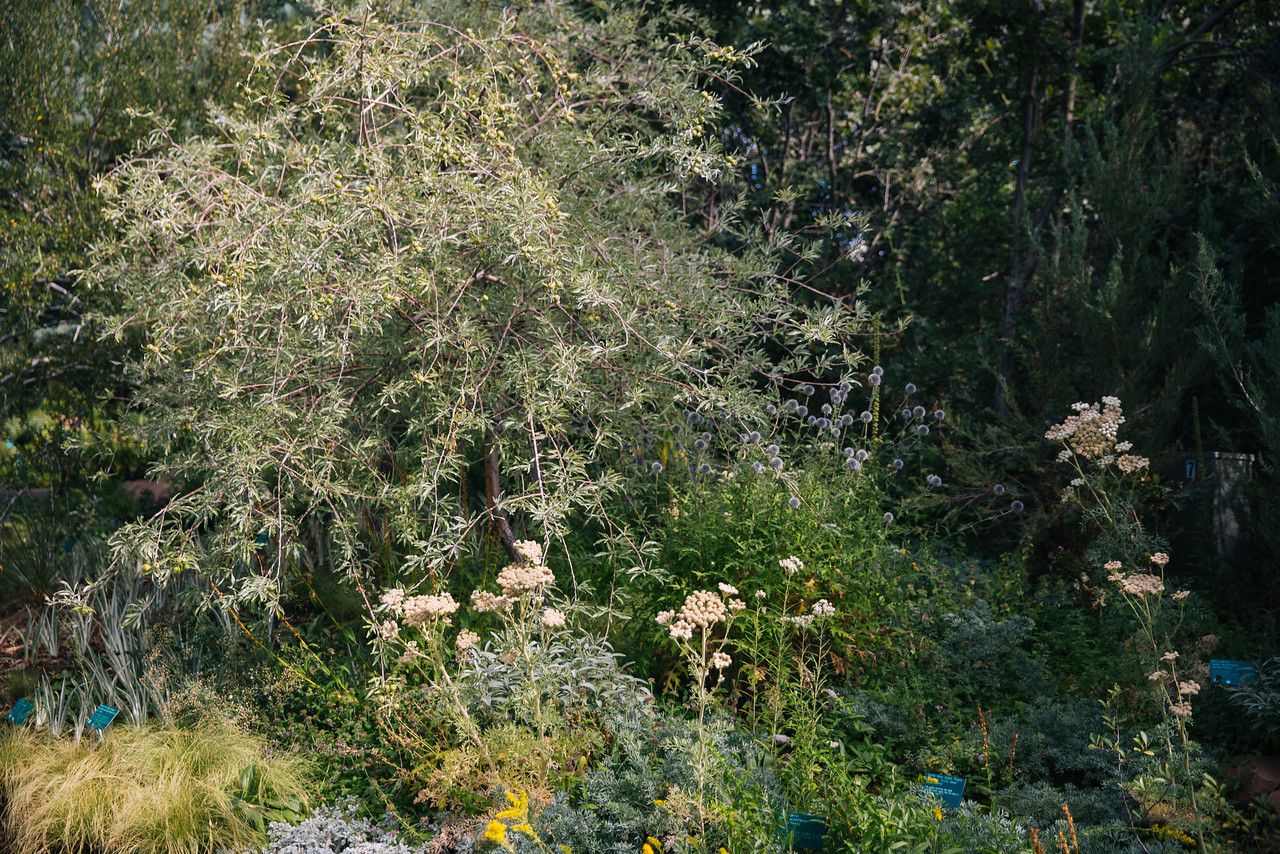

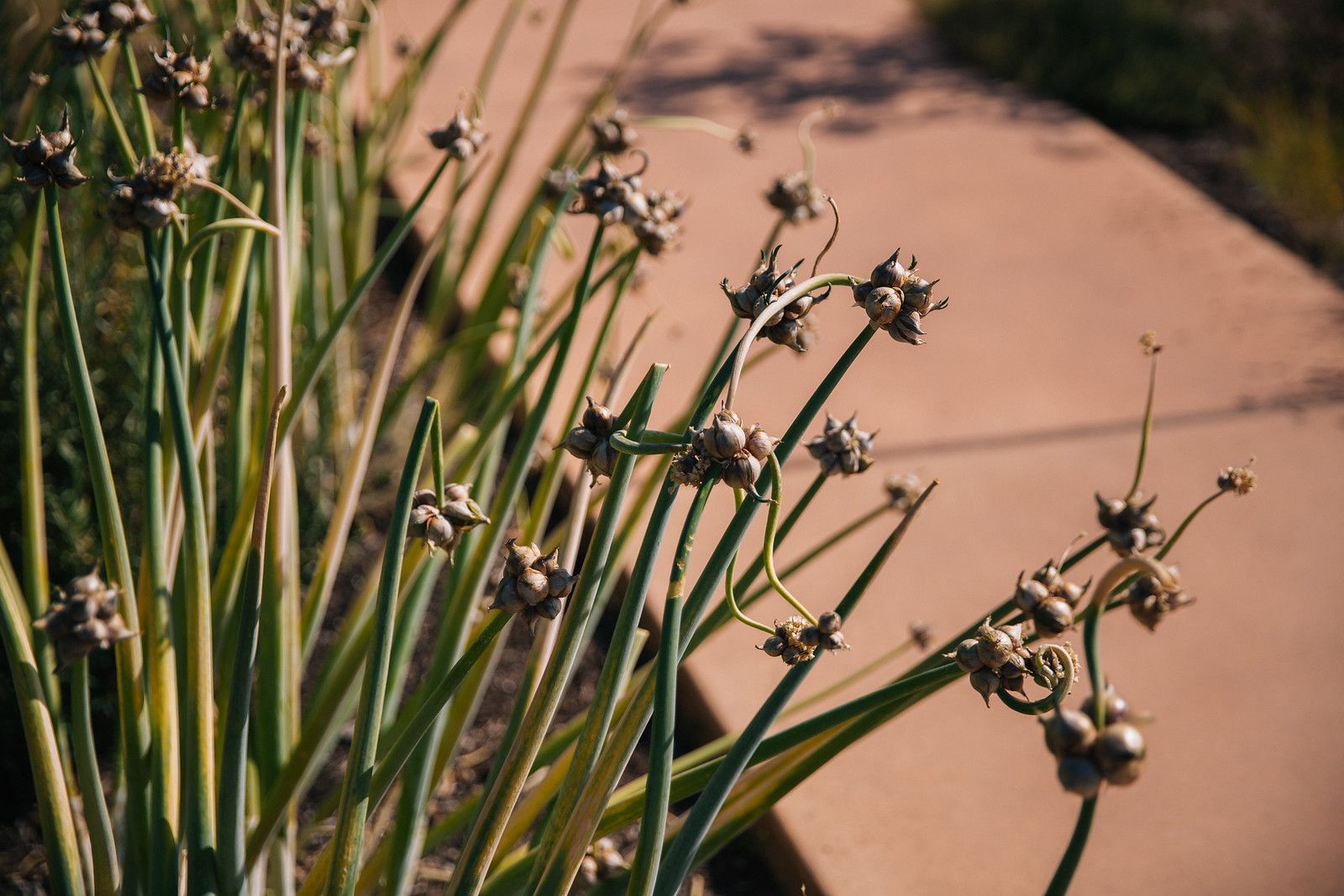
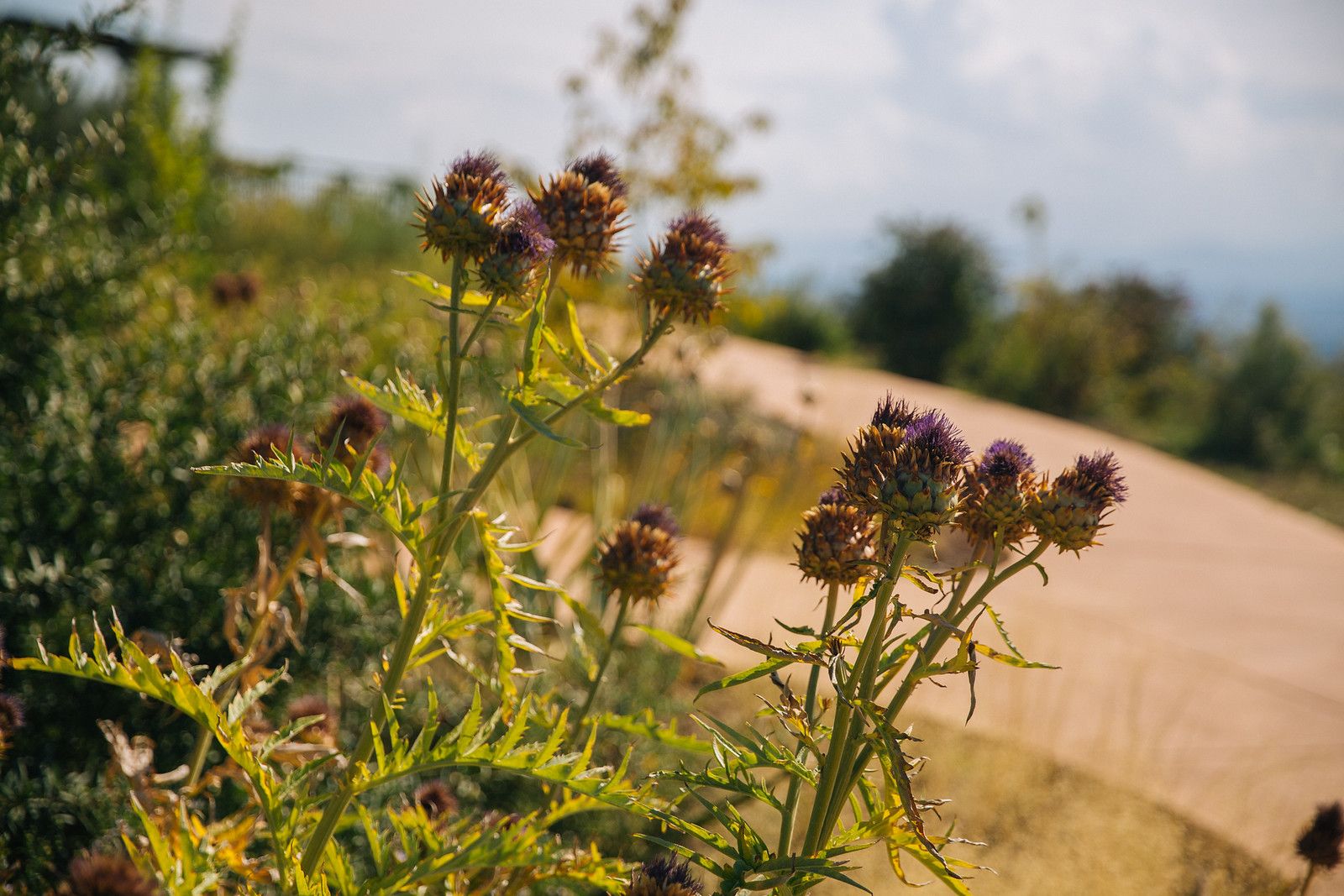
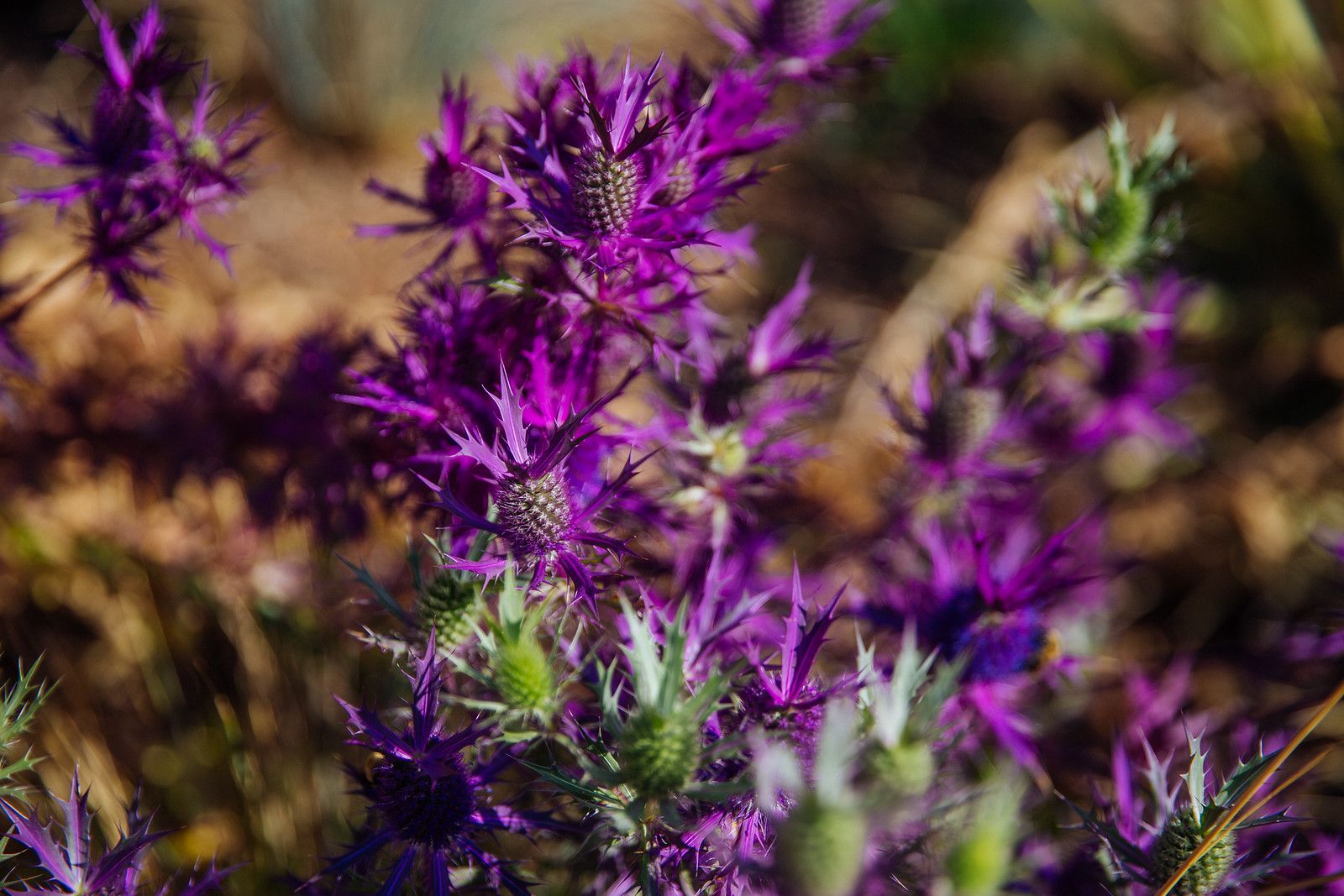
(germinating seeds in zone 10 might need cold treatment in fridge for a few weeks)
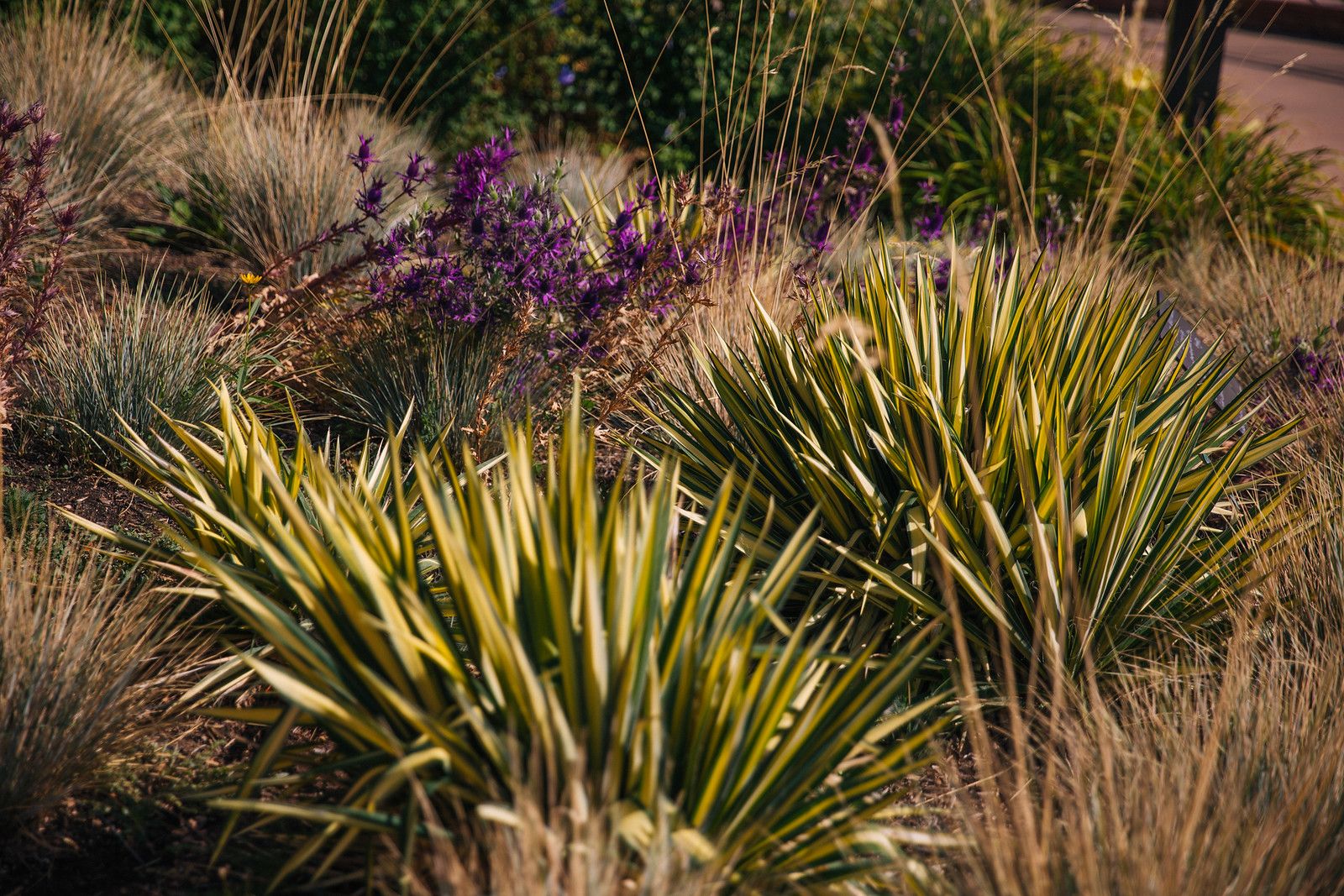
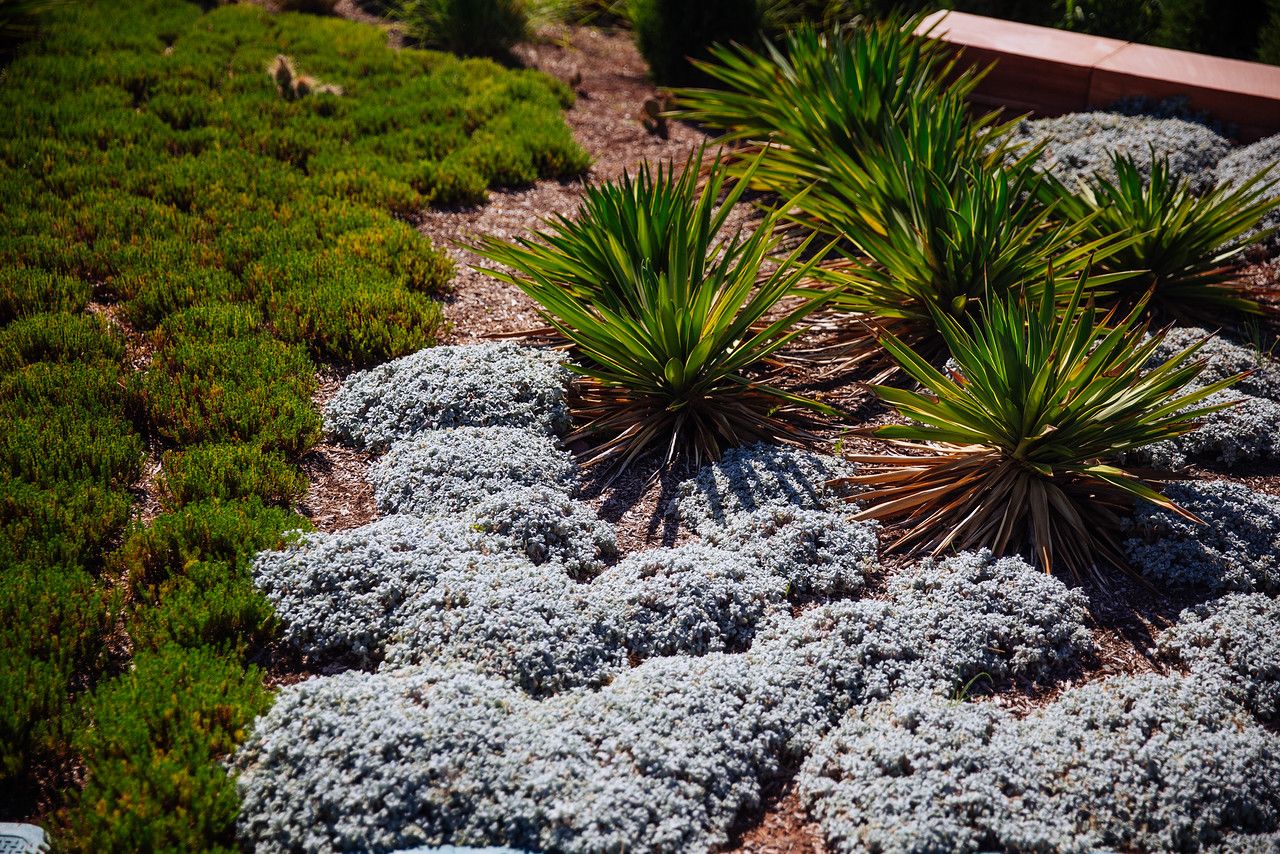
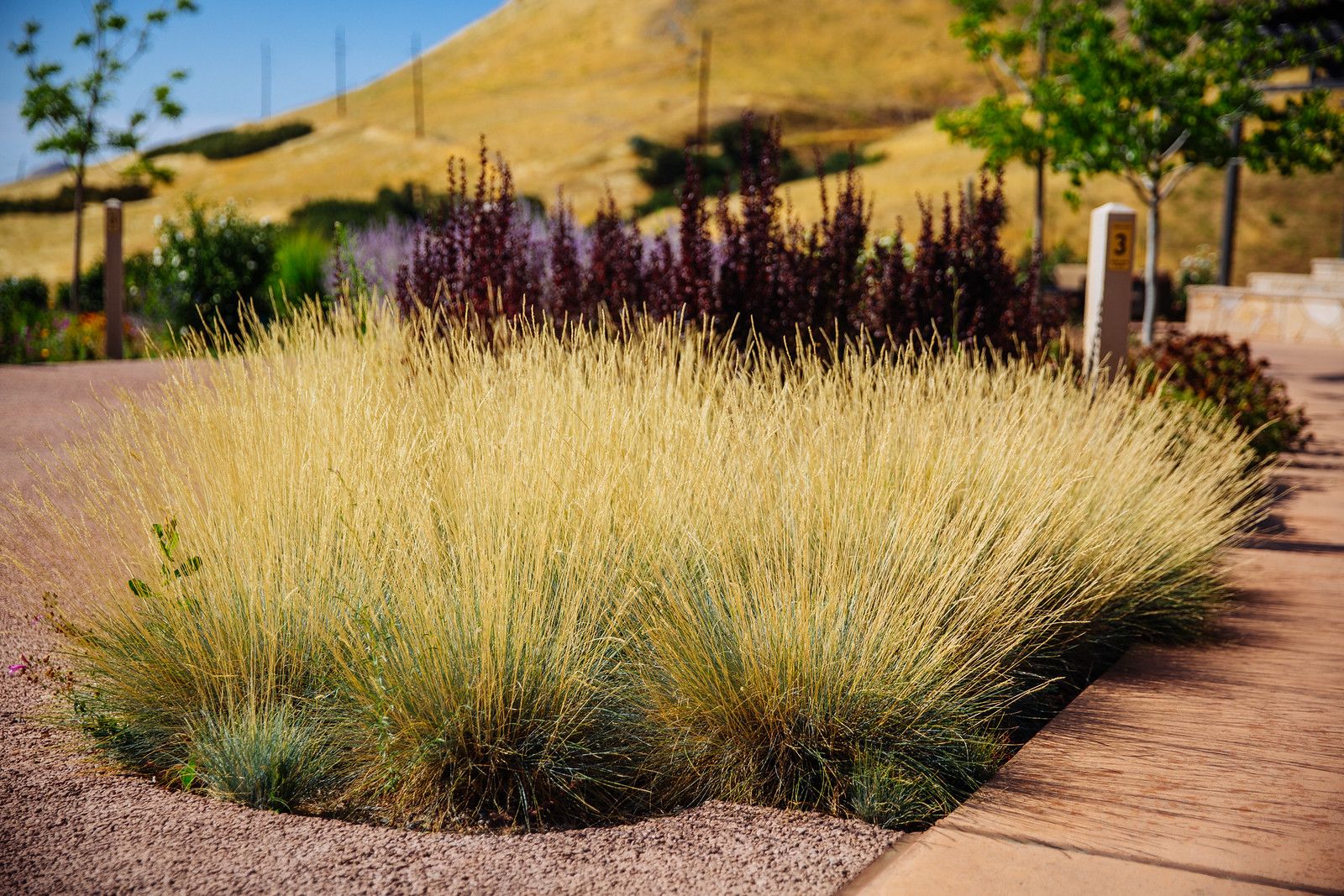
backed by dark leaves of Japanese Barberry, Berberis thunbergii ‘Helmond Pillar’
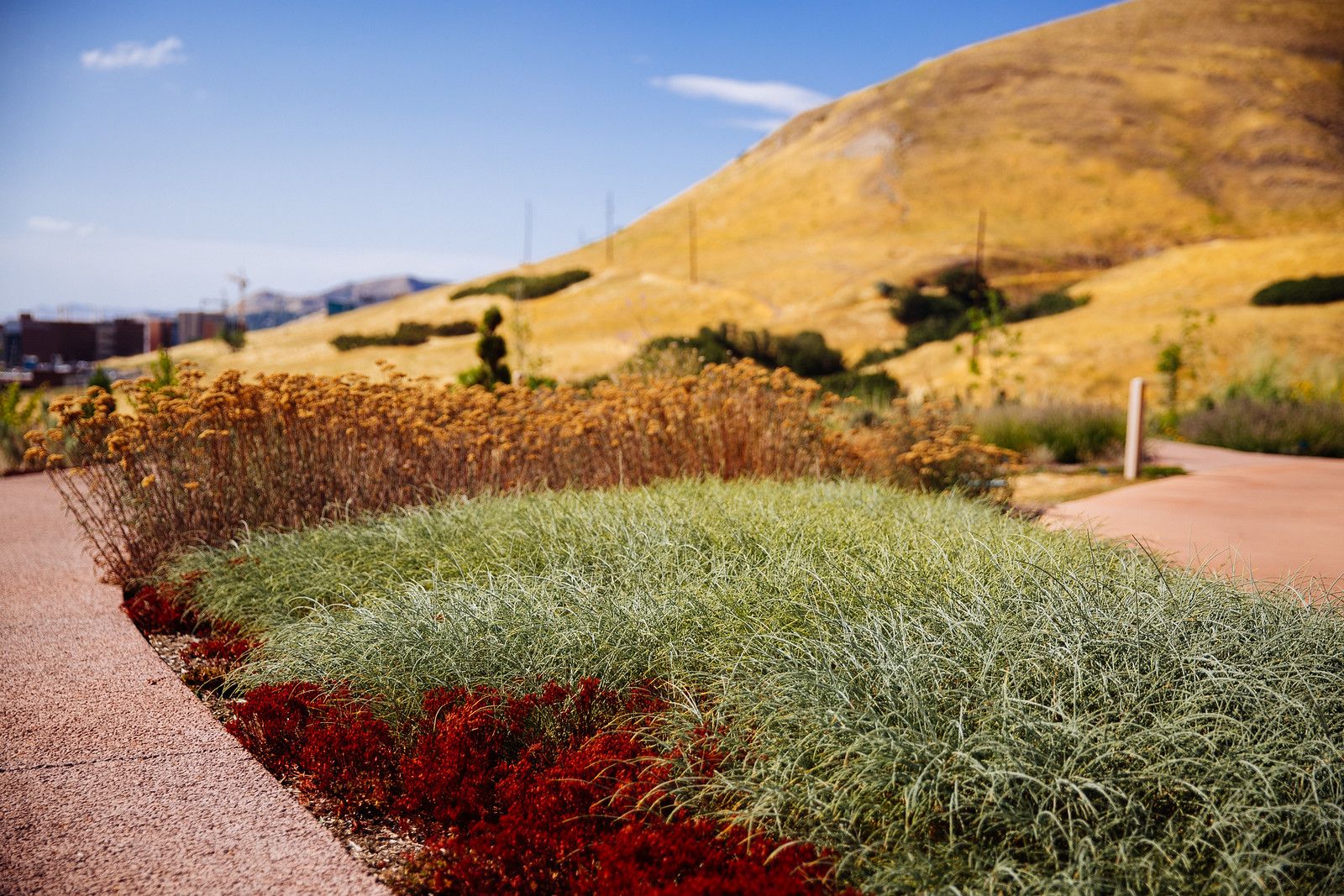
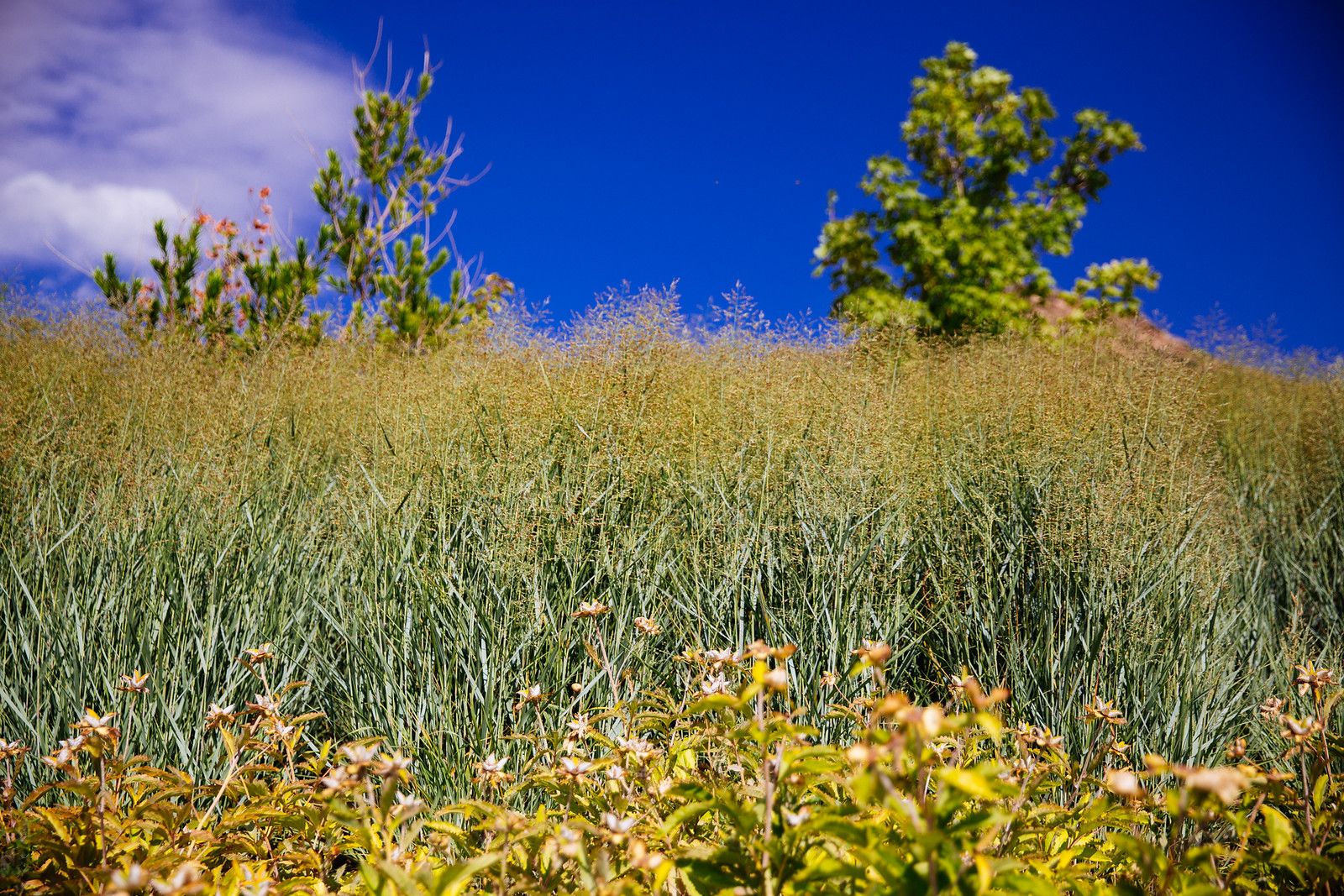
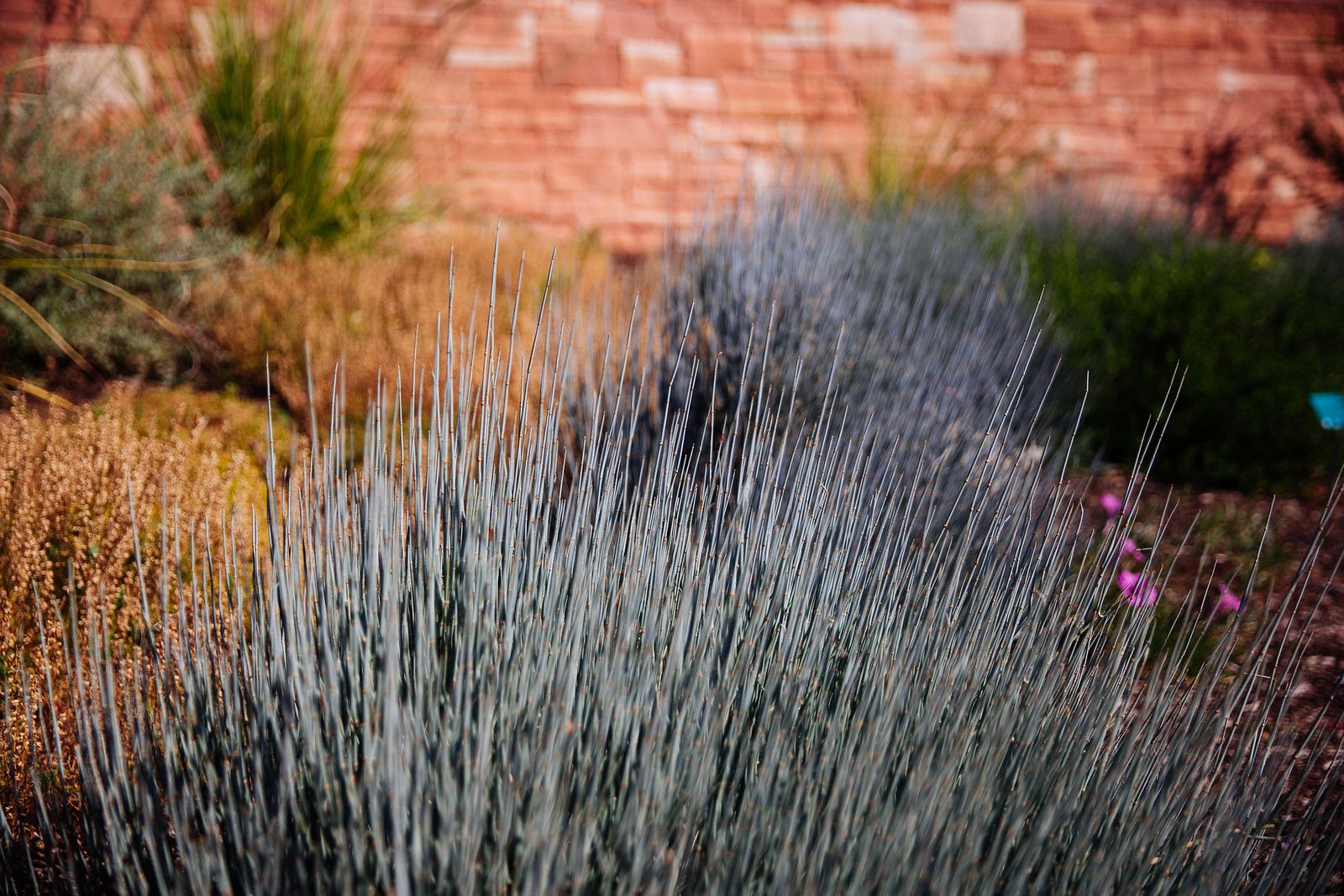
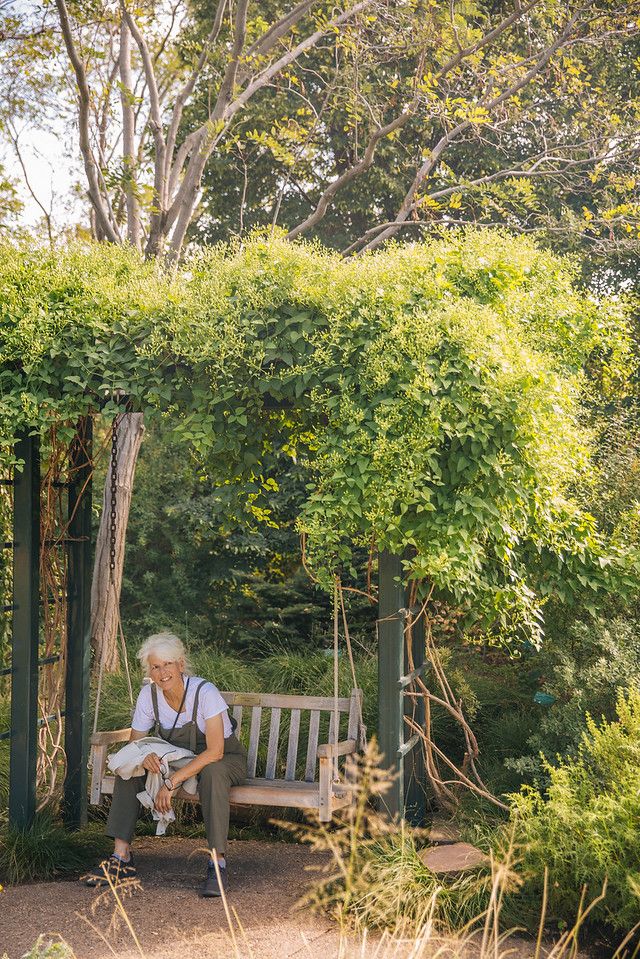
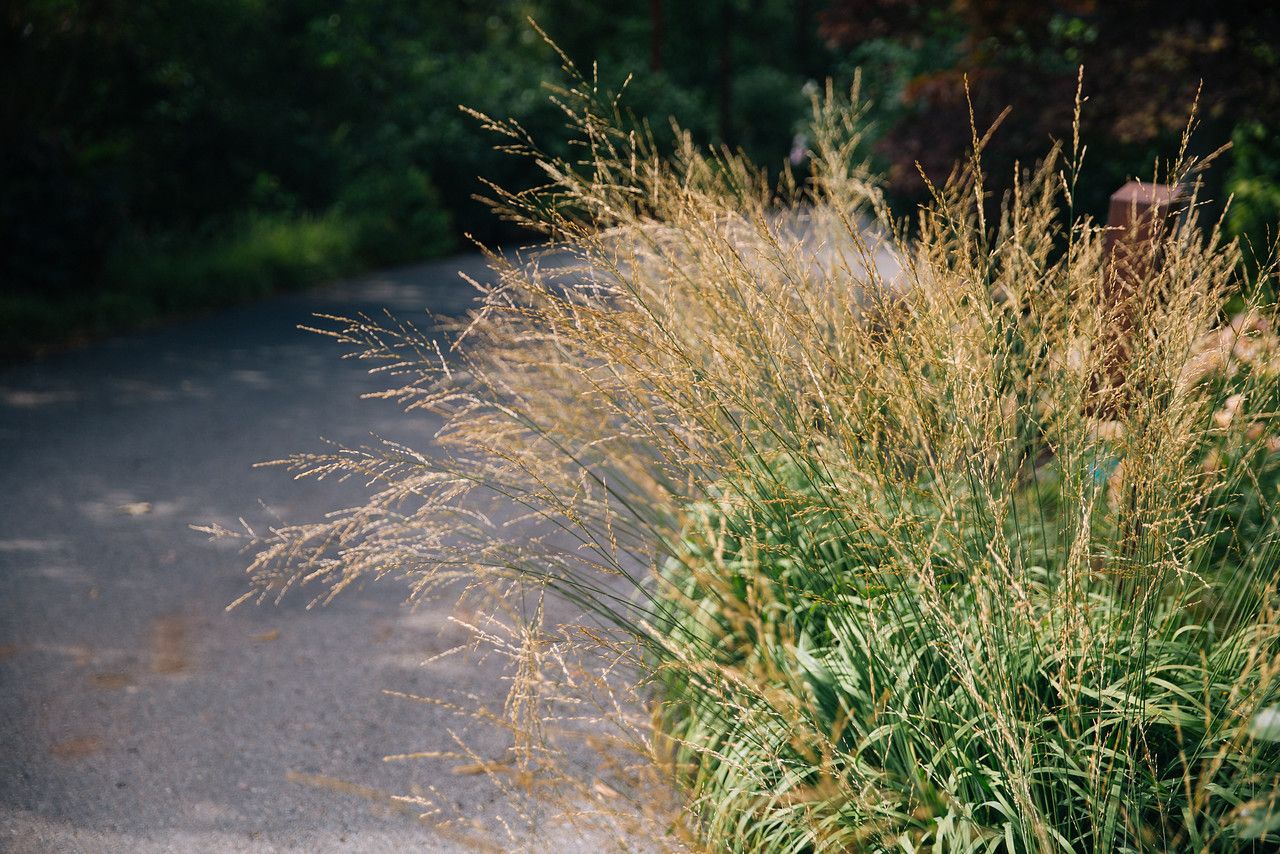
After visiting the Natural History Museum of Utah and Red Bluff Garden, there was still enough time before our flight for cold drinks and bites at Undercurrent, which treated us very well so I do recommend them. September always catches me wanting to travel to see some fall textures in gardens, so this unexpected visit to Red Butte Garden really helped to satisfy that urge — truth be told, it inflamed that urge even more.

What a lucky break enabling you to see such a beautiful garden in it’s late glory. Those incredibly blue skies make a spectacular back drop for the plants. Kudos to your hubby for such great photos. Another garden for the bucket list.
Hundreds of garden writers in SLC at the annual conference and you’re the one who actually writes about the gardens and plants to be found there. Thank you! Of course the blue sky and talk of heat was nice too. We’ve reentered the rainy zone…
You made great use of your flight delay, Denise. The SLC garden is impressive indeed. How I wish our own local botanic garden was so thoughtfully designed and planted.
@Elaine, I always google botanical gardens when I visit a city but this one didn’t get on my radar before leaving Long Beach — maybe the name without “botanical” in it? So glad it worked out. My son Mitch is a pro so if he’s around he gets photo duties, and these are his. My husband Marty wasn’t on this trip, and I’d never ask him to hold the camera! He can do just about anything else but that…
@Loree, I hate to say I had no idea that was going on in SLC. And the rain seems to have returned a little early for you unfortunately…
@Kris, that price tag for the Water Conservation garden of $6 mil really shows in the results — some nice botanic benefactors in SLC!
I had no idea this place existed. I’ve traveled in Utah many times but my travels were pretty much limited to the canyonlands in the southeast of the state. This looks worth a visit.
Impressed by the number of photos Mitch took in roasting conditions; thank him for us. Learned recently that Salt Lake City has free transit (big de-car, de-carbonizing payoffs as well as leveling and economy-stimulating), so that’s another plus for possible visitors.
Red Butte’s accentuate-the-positive approach to getting locals comfortable with the best-adapted plants is probably the most sustainable over time. There are a lot of vignettes here that would be handsome front gardens.
The garden looks very new, and very hot, but as you say Spring must be lovely. Excellent photos that show how it is laid out on the hillside.
My only dislike: the use of “guilt” as a verb.
:: My only dislike: the use of “guilt” as a verb. ::
Me too! Have been thinking about this from a linguistics point of view, and my guess it’s the end result of a shortening process over decades, starting with the full ?1950s expression “to lay a guilt trip on [someone]”. Some time in the late ’60s or early ’70s that became “to guilt-trip [someone]”, eventually devolving, as “trips” of any kind began to sound dated, to the current forcible transformation into a verb.
Several other, equally wrong uses of nouns as verbs have spread in my lifetime, and while I appreciate that the tendency has been ongoing in English for many hundreds of years, I don’t have to like it. My personal least favorite is “gift” (worth resisting, as it doesn’t actually represent a shortcut: there’s no case where it couldn’t be replaced by “give”). Artifacts of the massive bureaucratization of businesses, government, and academia are “contact”, “access”, and “impact”; the battle is long since lost on these, but I can remember my mother waging it relentlessly as a newspaper copy editor in the 1960s and ’70s.